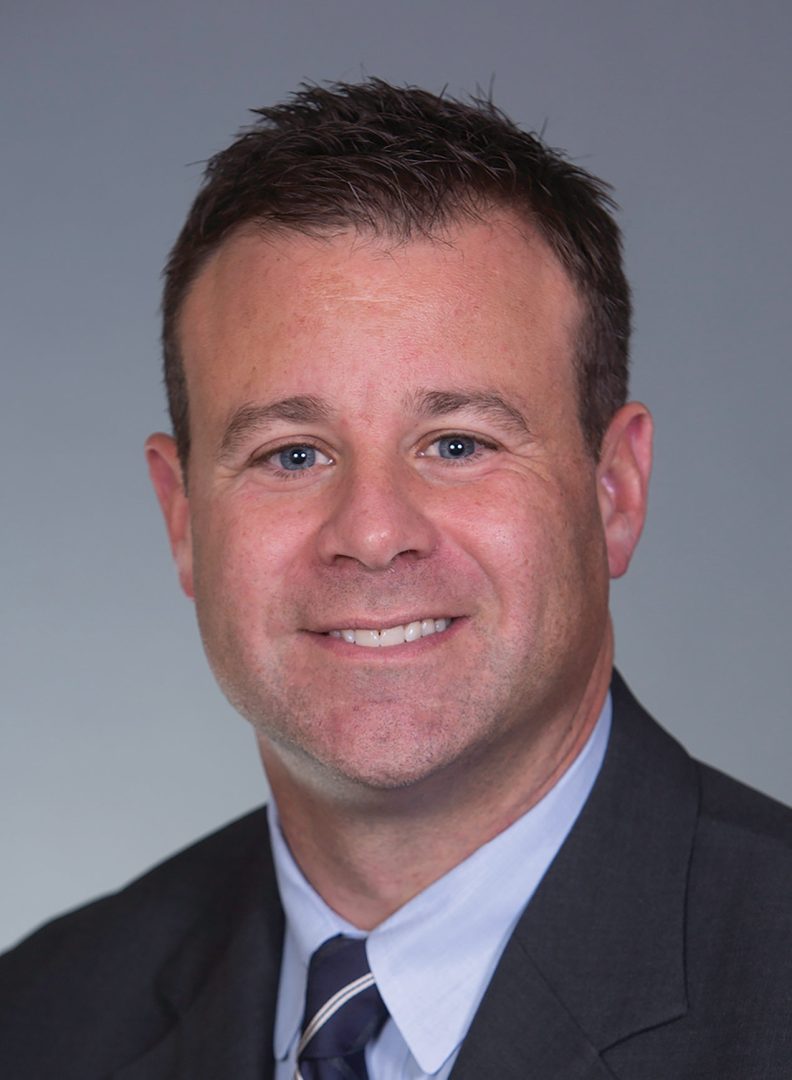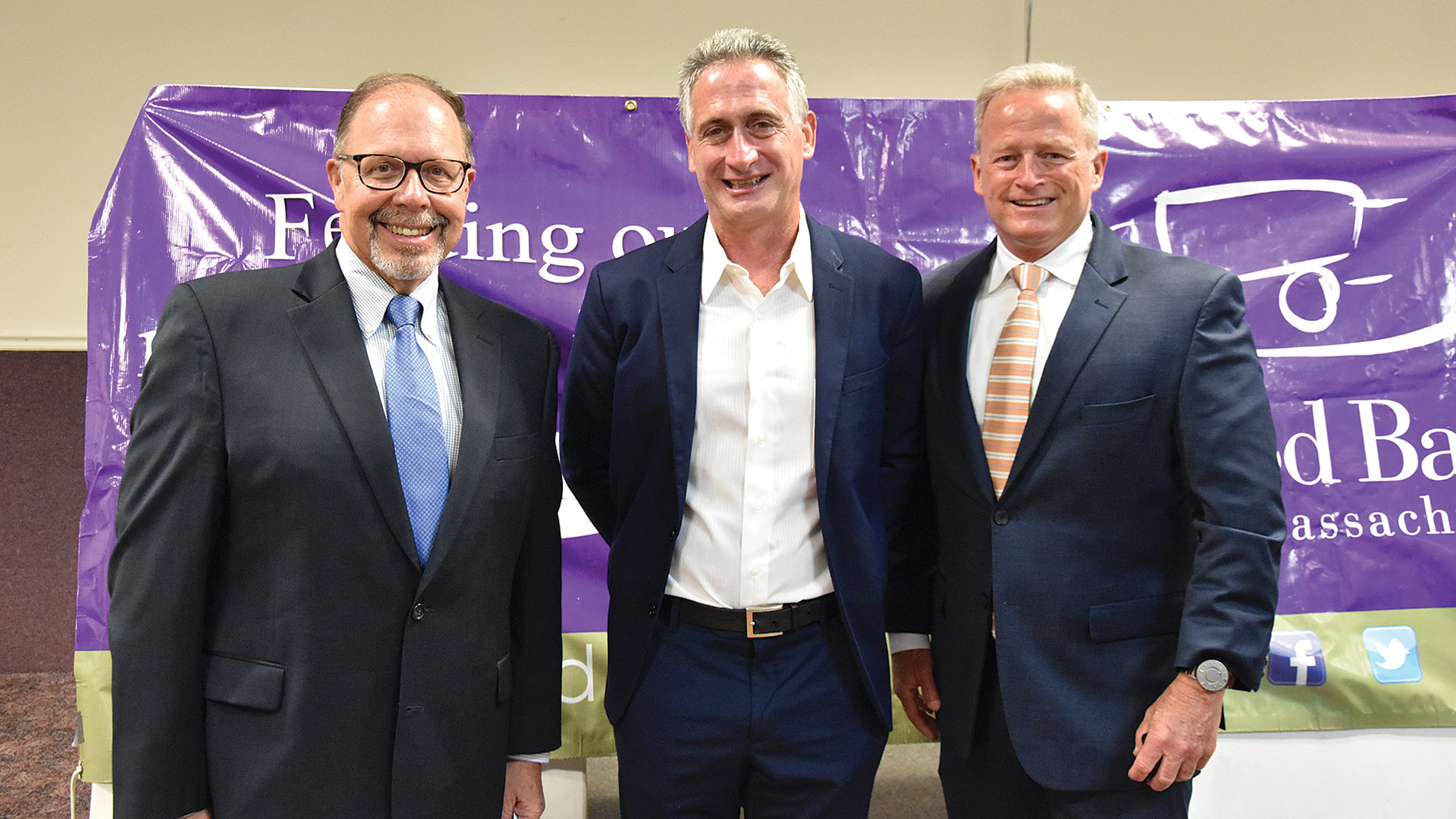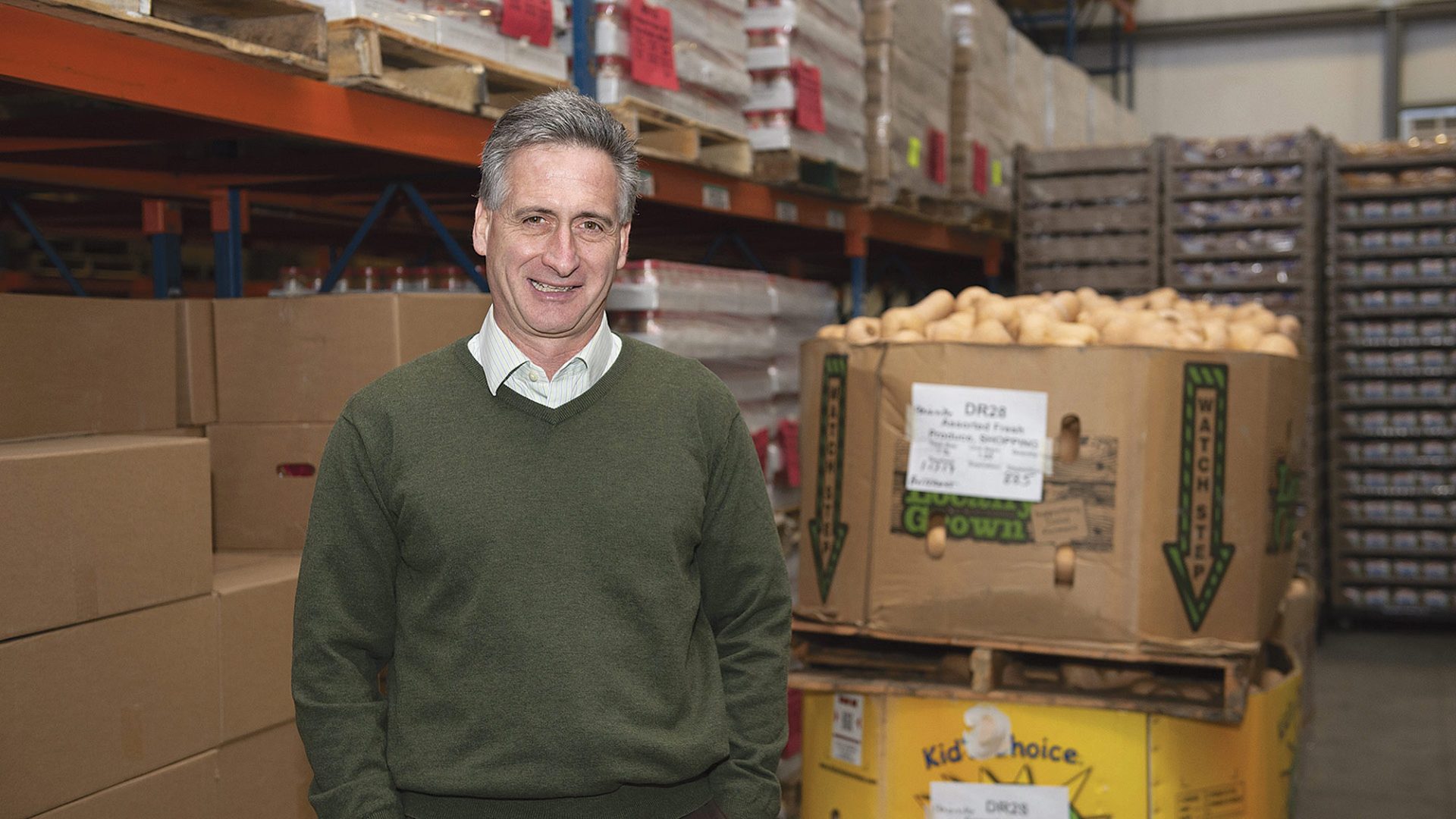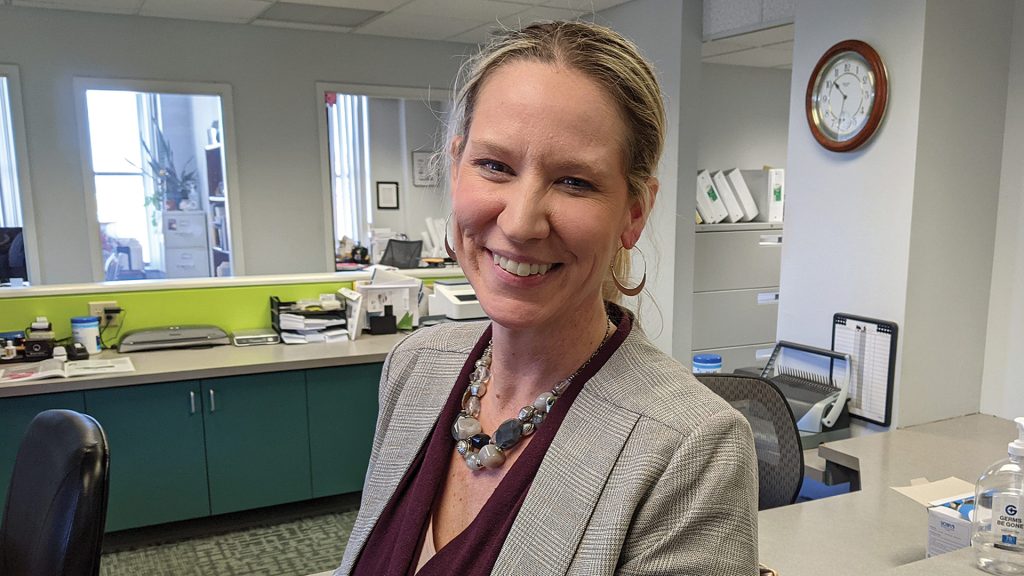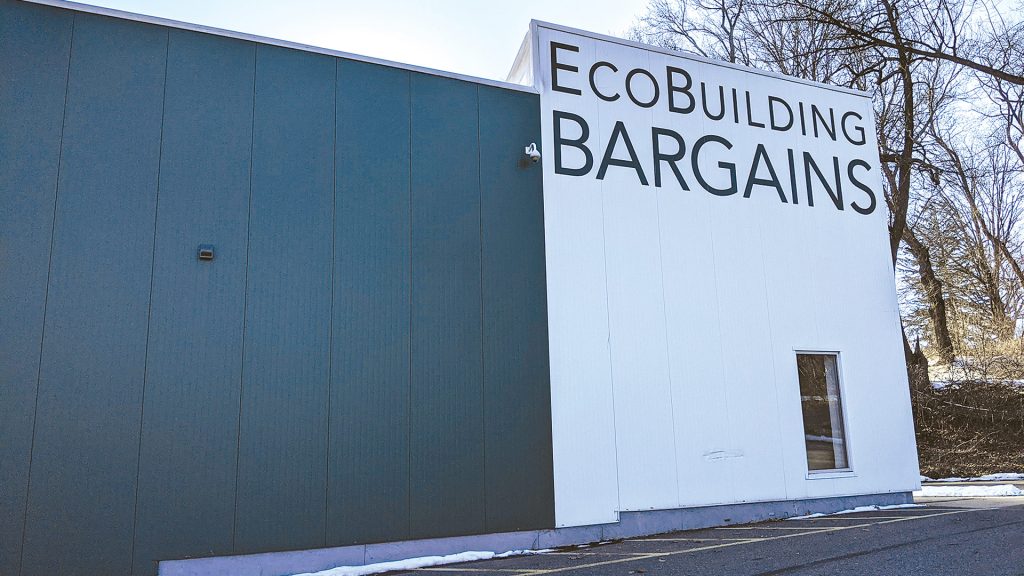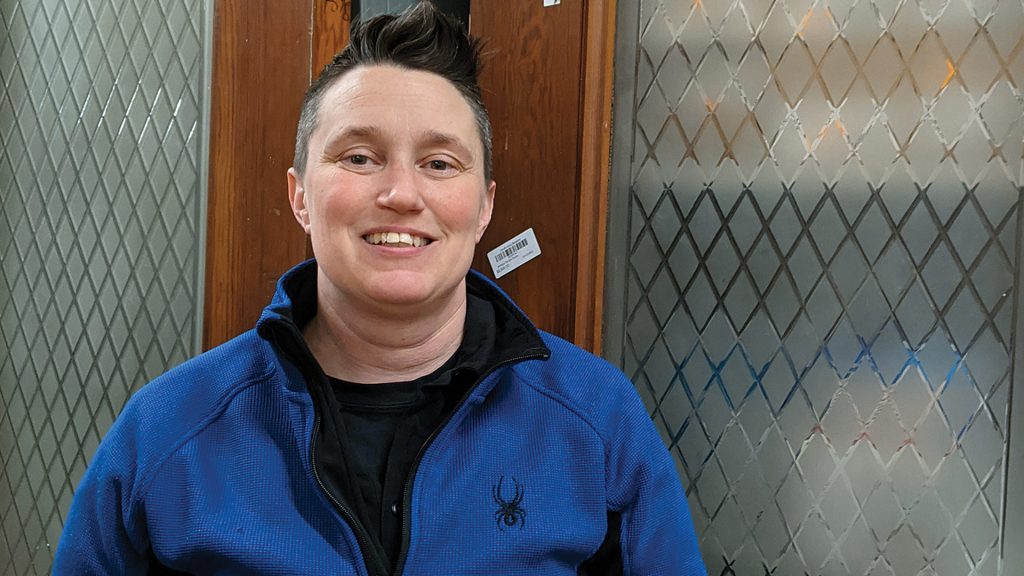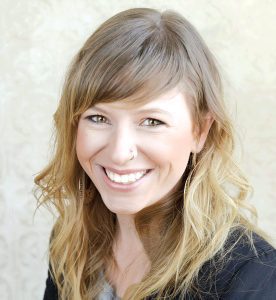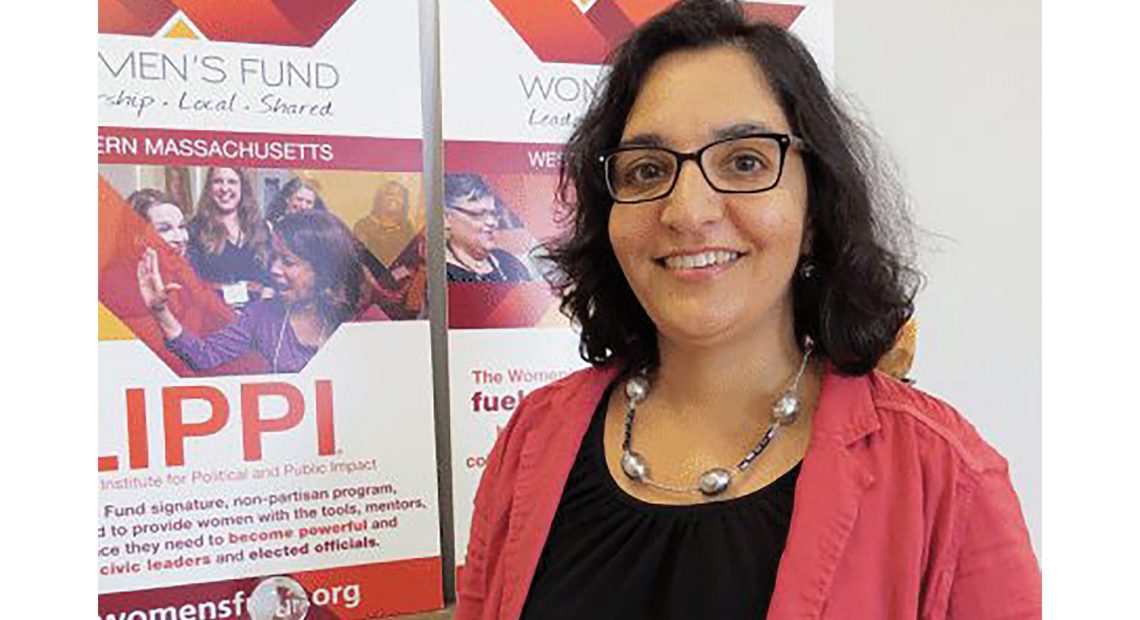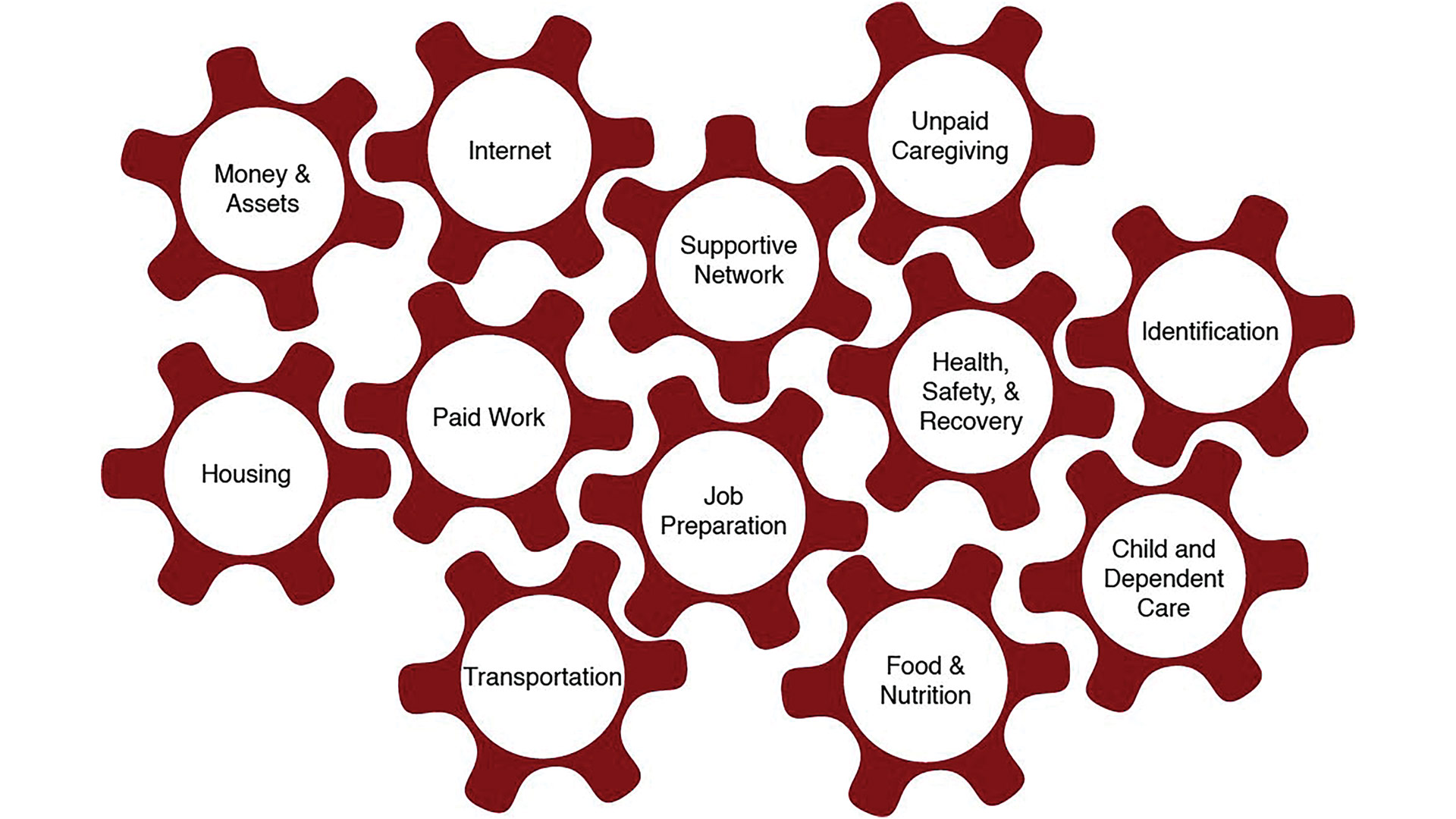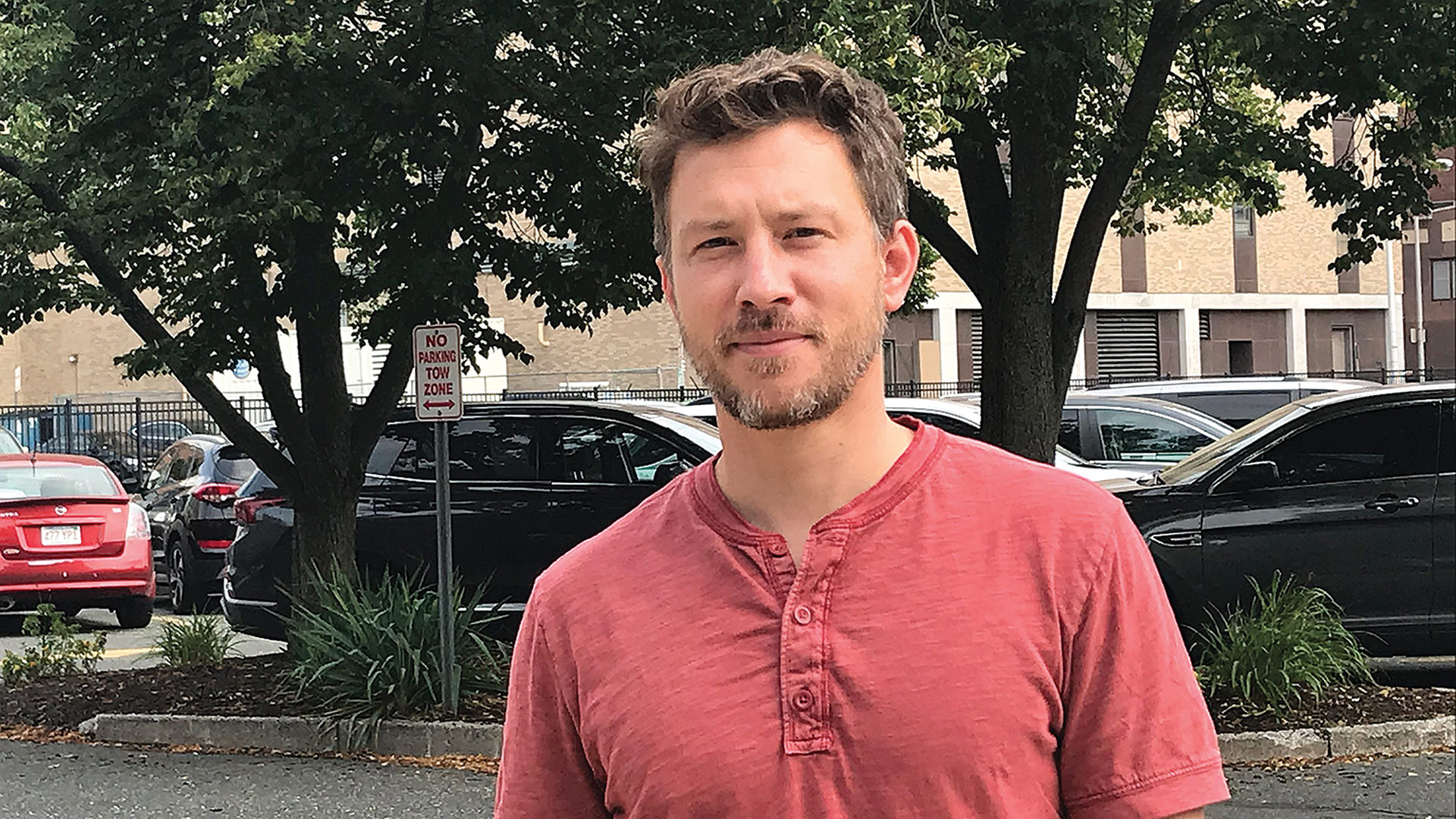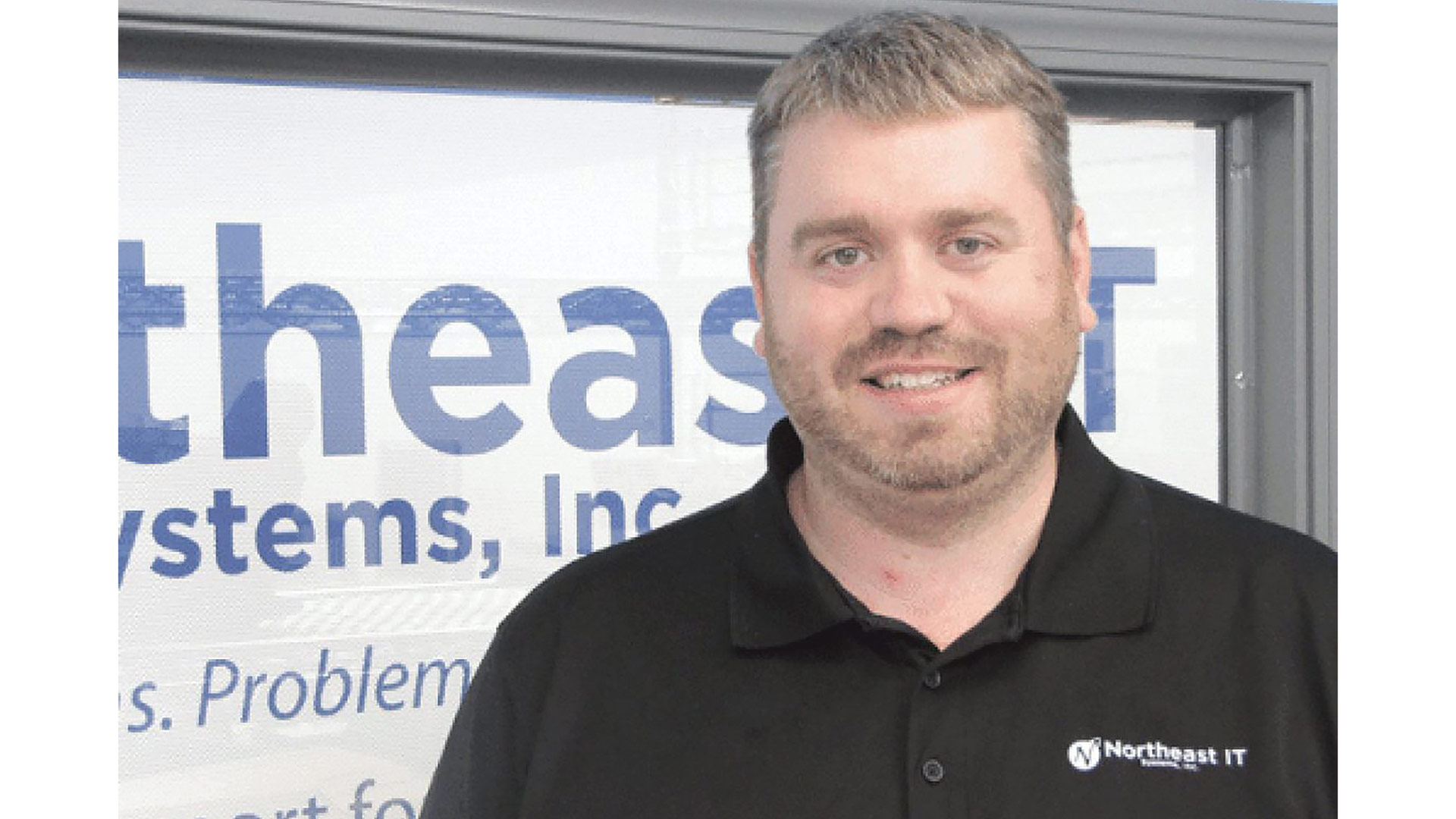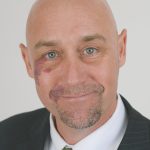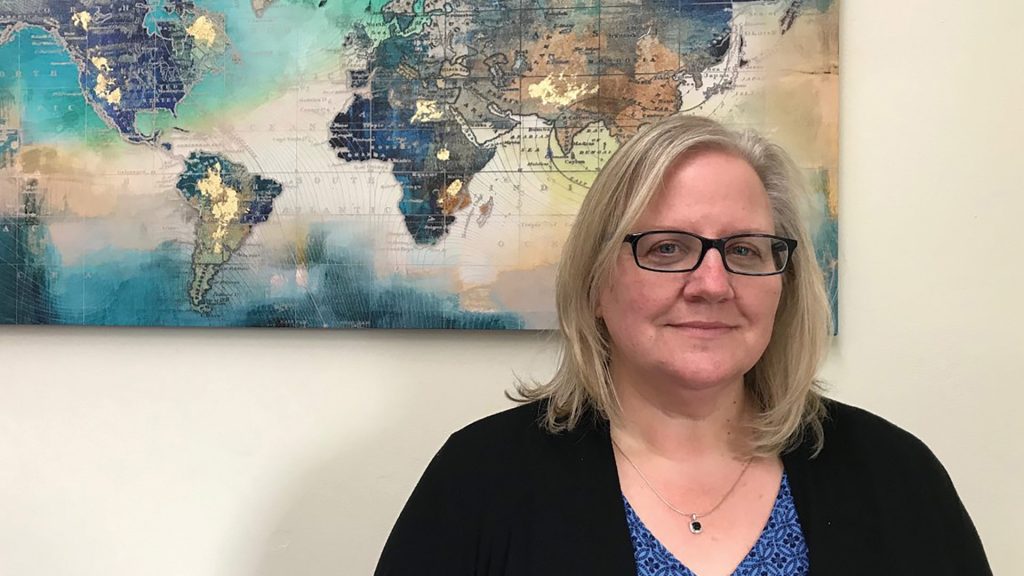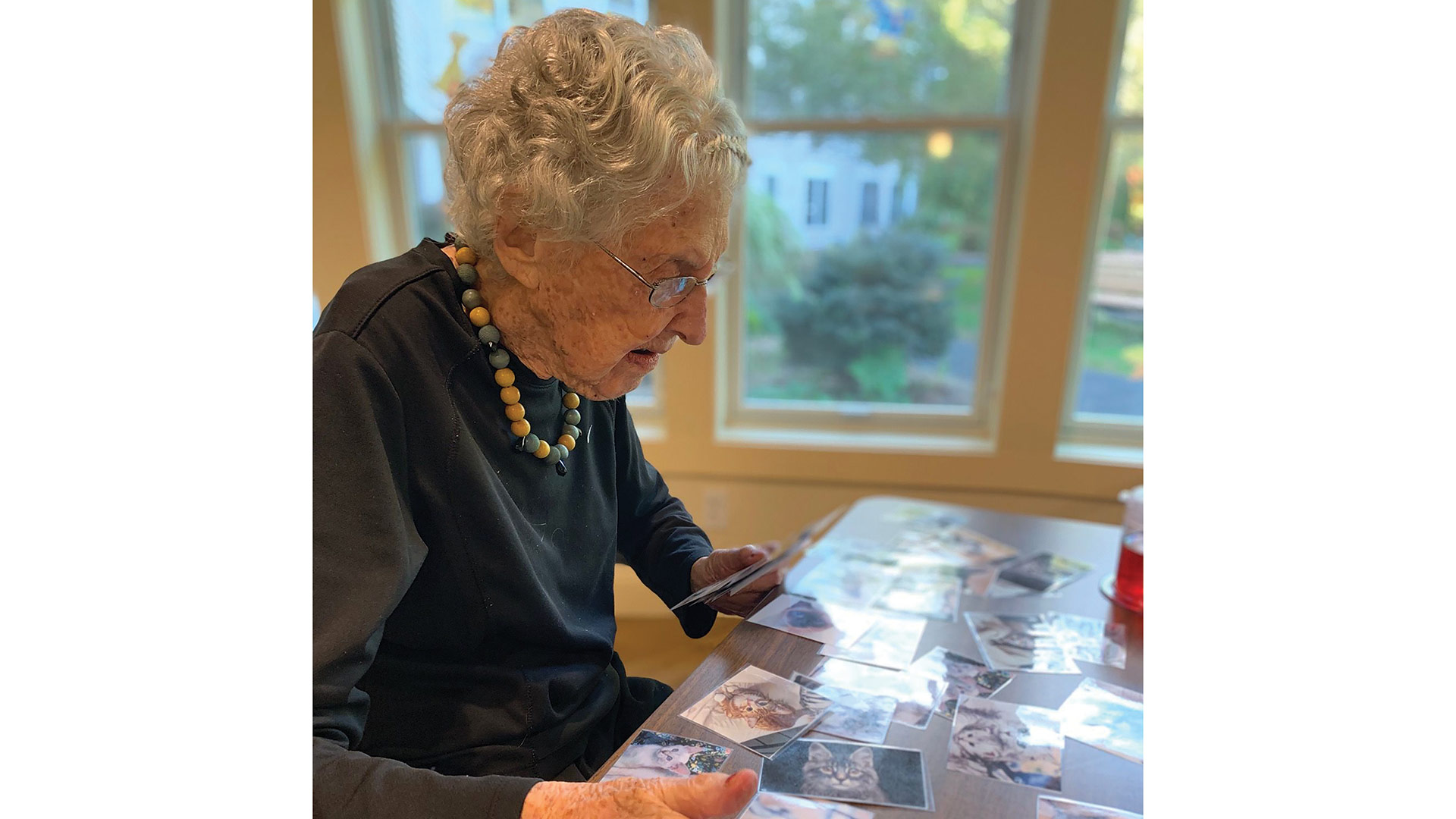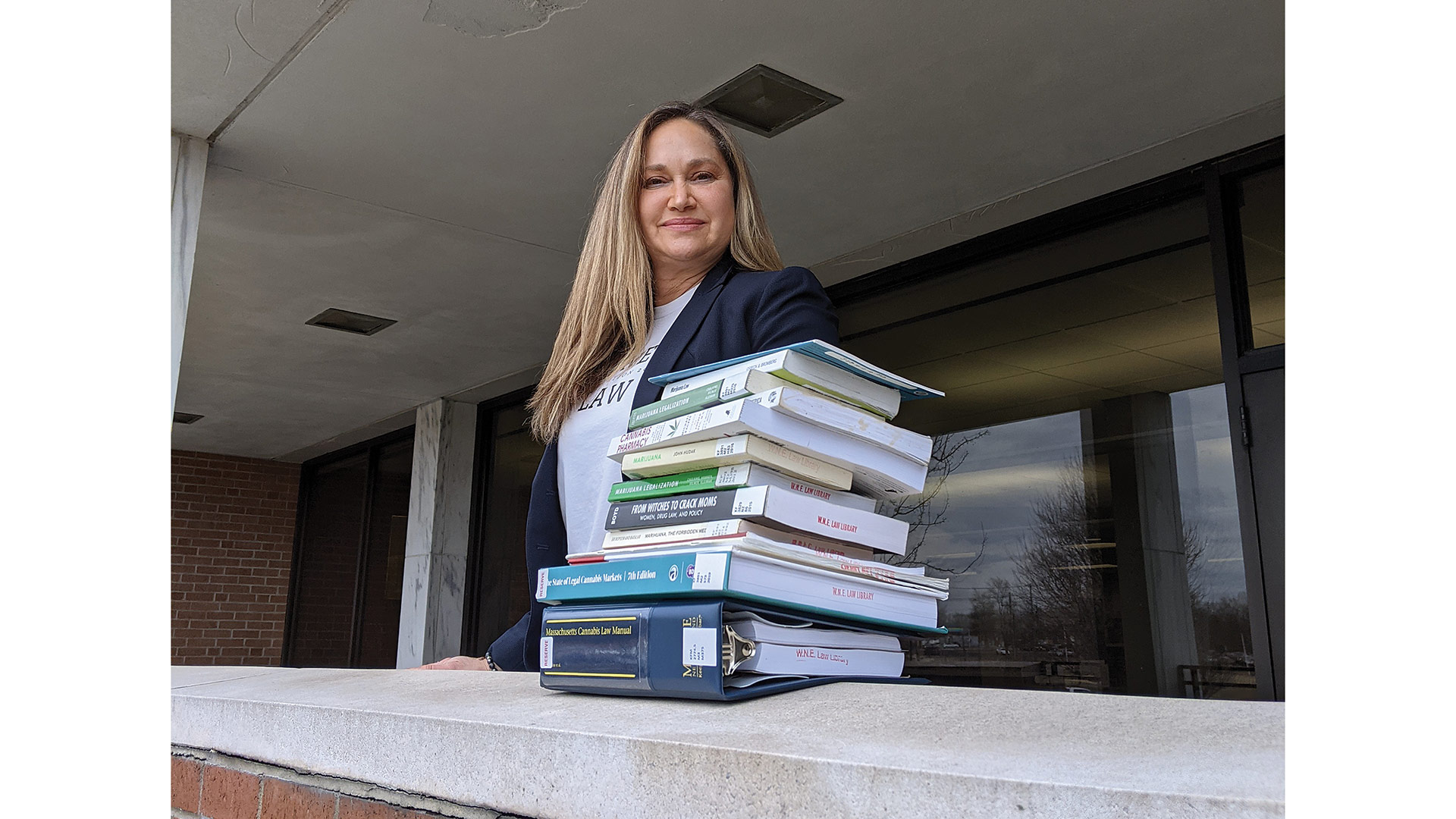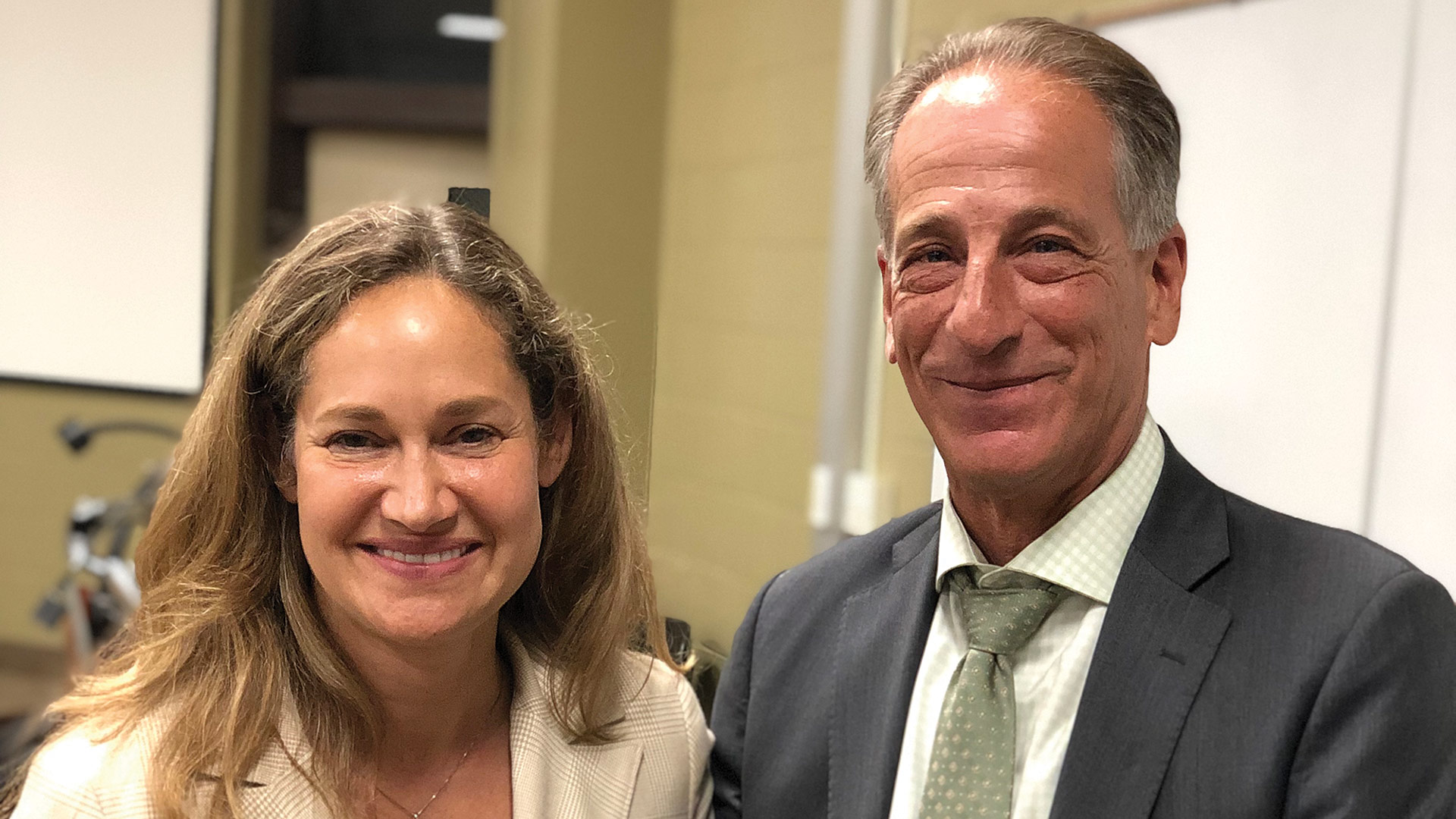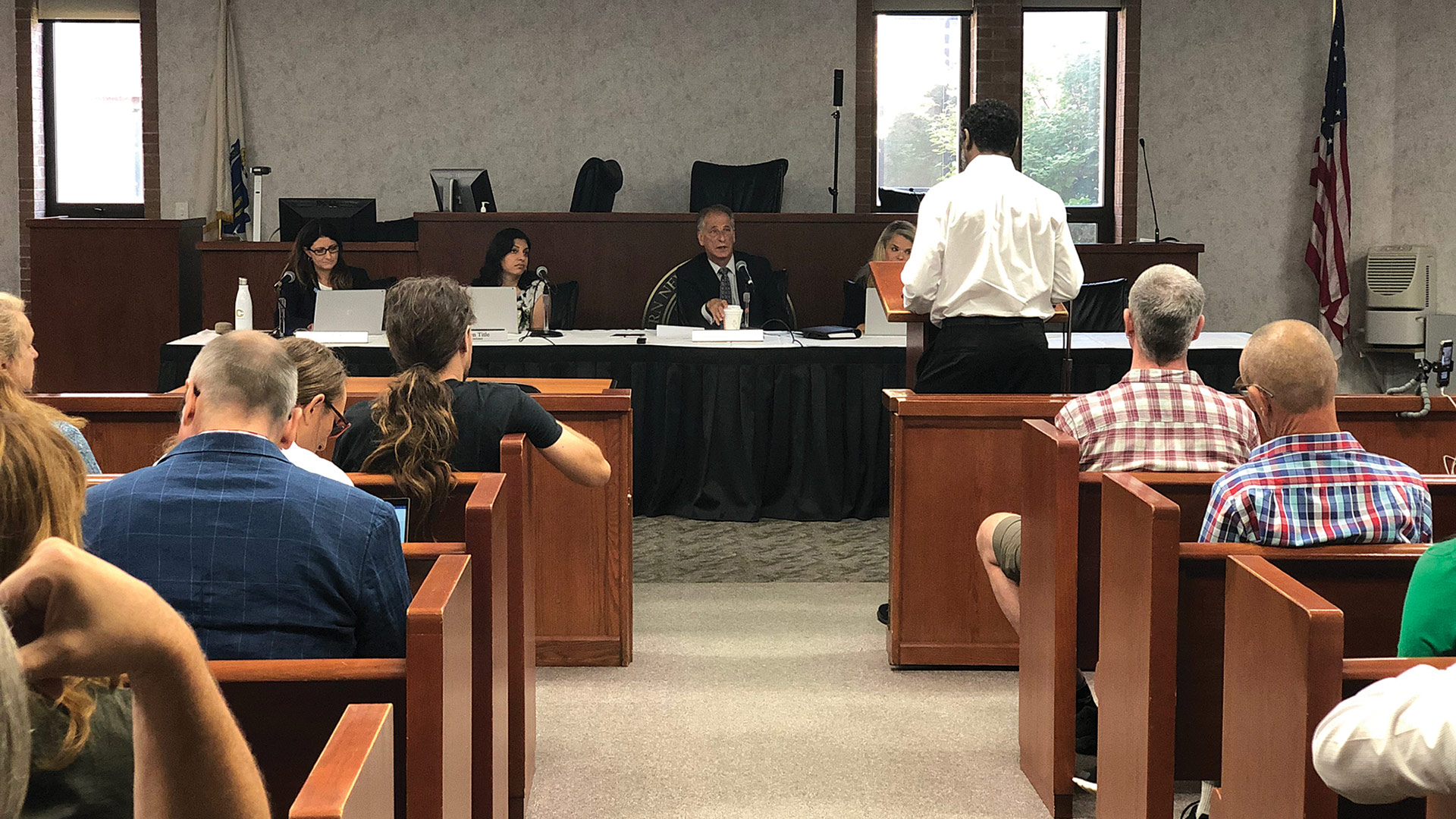Managing Change
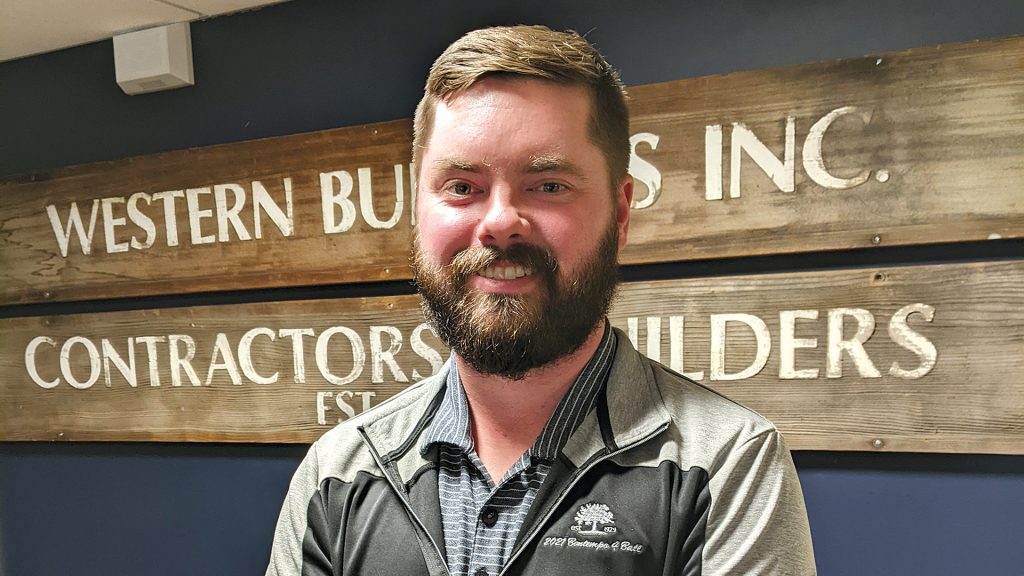
As Bryan Hughes listed off some recent projects at Western Builders, where he took the reins as president on Oct. 3, he mentioned the new Girls Inc. of the Valley headquarters on Hampden Street in Holyoke.
“I’m excited to see that project, how they’re doing in that building,” he said, “because I have some memories there.”
He certainly does, as the property was previously the headquarters of the O’Connell Companies, of which Western is one of five divisions. The main construction division, Daniel O’Connell’s Sons (DOC), is where Hughes cut his teeth in the industry and then built his experience and skillset for nine years.
While at DOC, Hughes filled numerous roles over the years, most notably as a project manager on several college and university campuses, overseeing projects that ranged between $30 million to $80 million in overall construction cost, including Dartmouth College’s Hood Museum and the UConn Athletic Village.
“We had a lot of diverse projects, and I was able to learn a lot just being in the field,” he told BusinessWest.
Construction management wasn’t his first career path, however. “I’m math- and science-based for the most part; that’s how my mind works,” he said of his enrollment at Lehigh University to study engineering.

East Gables in Amherst is a passive-house project, a voluntary standard for energy efficiency.
“I landed on civil engineering because I was interested in the building side of things and heavy, highway-type construction. But when I graduated, I realized I have people skills as well that would go underutilized if I stayed in the engineering field. So construction management was a perfect fit in terms of combining the technical and personal aspects of the the construction field. And I really fell in love with it when I started with DOC.”
During his time at O’Connell, Hughes attended a hybrid program at Worcester Polytechnic Institute to earn his MBA. “That further honed my interest in the business side of things and ultimately got me interested and inspired to lead a company.”
When the opportunity came up to lead the 26-employee team at Western Builders, both Hughes and O’Connell leadership felt it was a good fit. “What led me to Western was my experience, just having a passion for construction and getting into the details of a project, both techically and in terms of relationships with clients and the community.”
“Part of what we provide as a service is to understand the issues with the supply chain and try to react to them as best we can, or at least propose solutions to owners to work around those challenges.”
James Sullivan, president of the O’Connell Companies, agreed. “We are very fortunate to have someone of Mr. Hughes’ caliber and experience, and I am very confident that Bryan will successfully lead Western and will do so with a clear understanding of our culture and reputation,” he said at the time of the hiring.
“He has exceptional operational and communication skills and is client- and employee-focused with deep leadership capabilities, proven to me in his nine-year tenure in another subsidiary company, Daniel O’Connell’s Sons,” Sullivan added. “With this renewed leadership, I am confident our best years lie ahead of us, and that Western will continue to be the builder of choice in the communities we serve.”
Learning by Doing
Hughes’s final job for DOC was managing a project in Rhode Island with the Narragansett Bay Commission, which followed a design-build project-delivery method.
“We were in control of the design process for two new buildings — the administration and maintenance buildings,” he explained. “I think design-build is a method that could be more ubiquitous in the future, combining our talents as construction managers to include the design team in that process.”
While his role will certainly change as the president of Western, his experience as a project manager on multiple large projects helped him hone his organizational and leadership skills.

Western’s 26 Spring development is among the projects in Amherst aimed at mitigating the town’s housing shortage.
“As a PM, it’s a lot of correspondence with the design team, building a relationship with the owner so there’s a trust factor there, and just bringing the team together — working with the superintendent to nail down a schedule and keeping subcontractors accountable.
“Inevitably in the construction industry, things come up, so PMs manage the change-order process as well and how to solve problems on behalf of the owner, and come up with solutions to those problems,” he added. “We provide the service for the owner so they feel a comfort level going into a project and through that project — we’re kind of looking out for their best interest.”
Hughes takes over at a company that has built a strong reputation in recent years in commercial housing projects, including two in downtown Amherst in partnership with Archipelago Investments that are attempting to fill a critical shortage of housing in town — an issue many municipalities are facing.
“There’s a lot in the pipeline in the housing sector,” he added. “That’s one thing people come to us with — people trust us based on past performance in the housing market, or the commercial-housing space,” he said. “We’re working with some developers now on some other potential properties, all in Western Mass. or Connecticut.”
While Western boasts a wheelhouse of sorts in housing, “we have the capability and the capacity to broaden those horizons and take on more challenging projects because of the experience level of our people,” he added, noting, as examples, a current project to build a PeoplesBank branch in South Windsor, Conn., and the firm’s work a few years ago to renovate the Basketball Hall of Fame and update the weatherproofing of its signature sphere, panel by panel.
“Developers and owners come to Western and ask us to help them with their projects because we have close-knit roots in the area,” Hughes went on. “And what I’ve really learned to love about Western is the sense of feeling comfortable and at home and part of the community. That makes Western more attractive to a lot of developers who are coming from New York City or Boston or all over the country to develop Western Mass. And I think we’re ready to take on the challenges of guiding those folks through that journey to develop the area.”
“If we have a plan to grow as a company and take on some of these challenging projects, we’re going to need more people to do that, especially as some of our highly talented, very experienced people start to retire. In terms of age demographics, there are more people going out than people coming in. So that’s a tide that’s working against us too.”
An increasing number of such projects involve passive housing, which is a voluntary standard for energy-efficiency in a building, he added. “We see that as a space that’s going to continue to grow. So, when I mention developing Western Mass., there’s a smart and climate-conscious way of doing that.”
Supply and Demand
While Hughes sees opportunities to grow the business at Western, he’s also dealing with the same inflation and supply-chain issues plaguing all other companies in this sector.
“The supply chain has been a challenge for us and for a lot of our competitors for sure,” he told BusinessWest. “Part of what we provide as a service is to understand the issues with the supply chain and try to react to them as best we can, or at least propose solutions to owners to work around those challenges. It’s nobody’s fault … it’s just another thing that has come up in the industry, like everything Western has dealt with for the past 45 years or so — just another bump in the road. It too shall pass.”
The hope is that price pressures will ease sooner than later, of course. “I think there will be some level of plateau, especially with interest rates going up, and hopefully the broader industry can find that balance of prices that are acceptable for everyone so that owners and developers still want to do business, still want to proceed with their projects. And I think we’re on that path for sure.”
As he looks to future growth, Hughes faces another national headwind — the challenge of hiring and retaining a workforce in a tight market for employers.
“Just like every other company around, we can always use more good people; it’s hard to find help,” he said. “If we have a plan to grow as a company and take on some of these challenging projects, we’re going to need more people to do that, especially as some of our highly talented, very experienced people start to retire. In terms of age demographics, there are more people going out than people coming in. So that’s a tide that’s working against us too.”
But he’s hopeful about the younger generation, noting that he attended an awards gala at Springfield Technical Community College earlier this month, and “we heard some stories about the students there and their willingness and excitement to get out into the industry. I think there are a lot of good opportunities for young people — at STCC, Bay Path, Westfield State, Putnam, even up at UMass there’s a building and construction technology program. That’s a lot of young people I hope are willing and excited to stick around Western Mass.”
Originally from Rhode Island, Hughes chose this region as well, as did his fiancee, an Ohio native whom he met playing dodgeball in Northampton seven years ago; they’ll marry in April.
“When I started working with DOC, I was able to find a home in Western Mass.,” he said. “I really enjoy this area of the country and hope to stay here for many years to come.”
He remembers first settling down here and those early days at O’Connell, when he was one of those young people excited to get started in construction.
“I really considered the older, more experienced people role models for me, listening to their stories. Coming up through the ranks as a laborer doing physical manual labor and working up to being a superintendent, those types of stories really inspired me; I knew I could learn a lot from those people. So while a lot of our more experienced people are on the way out the door, the more people we can bring in to learn from them before they’re gone, the better-positioned Western will be for the future.”
Joseph Bednar can be reached at [email protected]



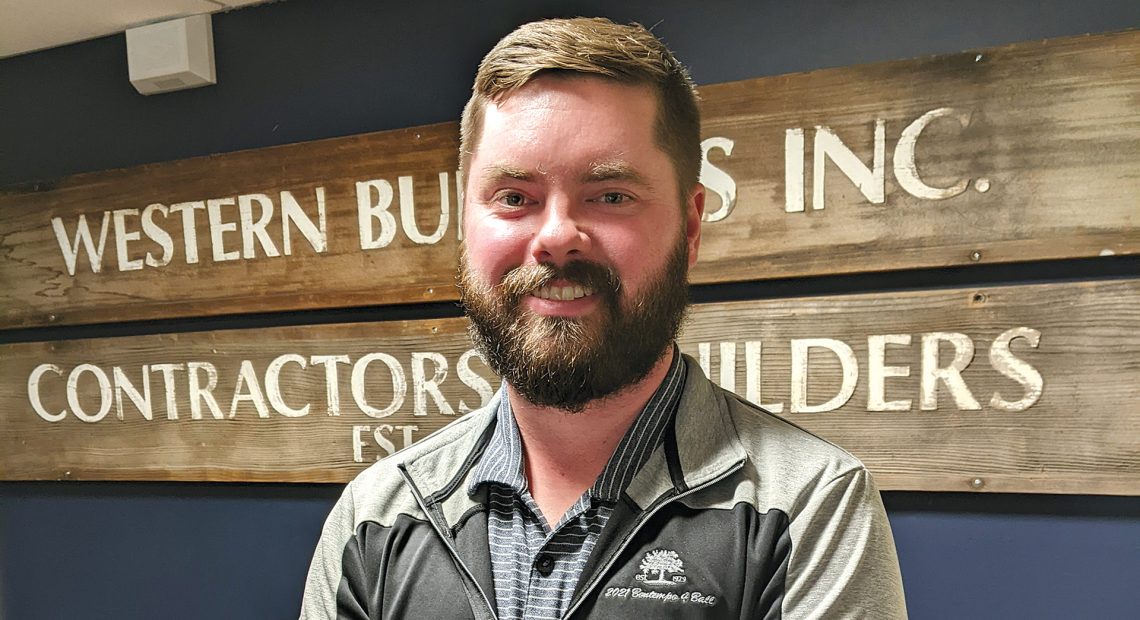
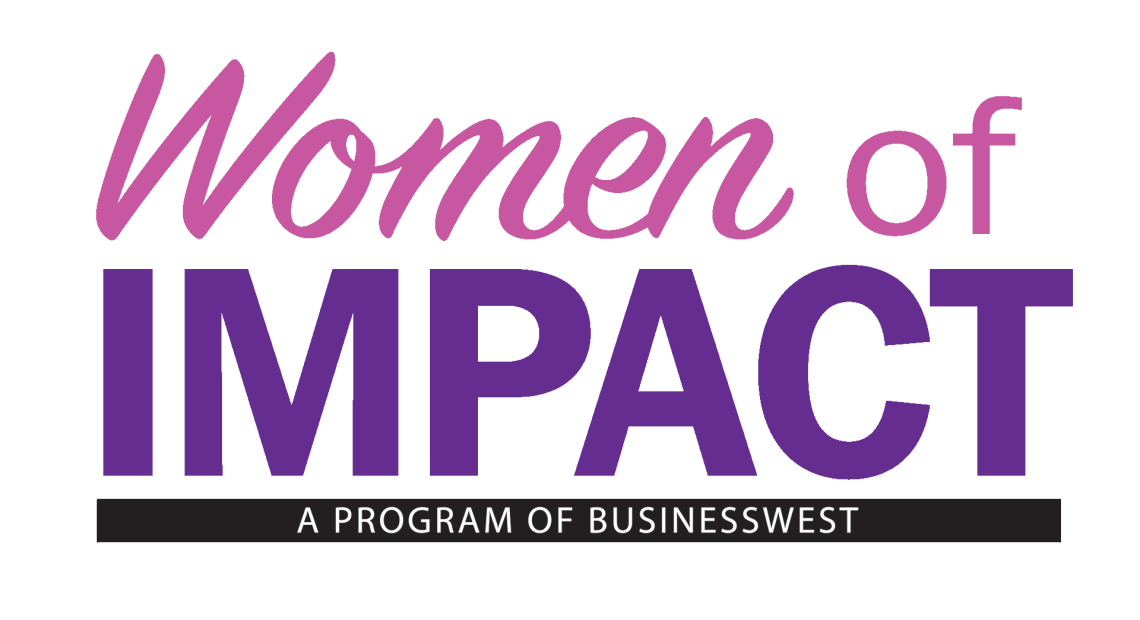
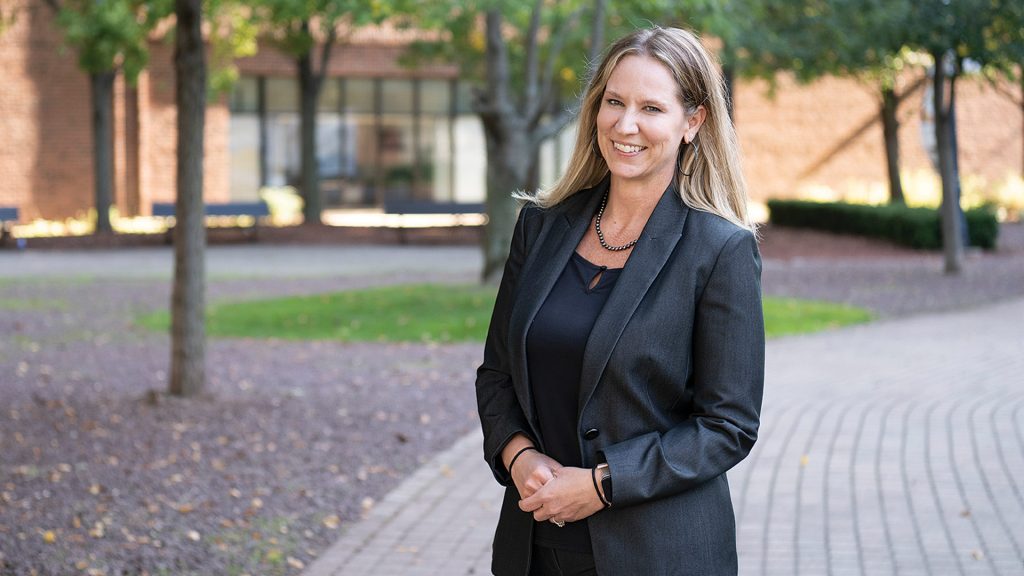


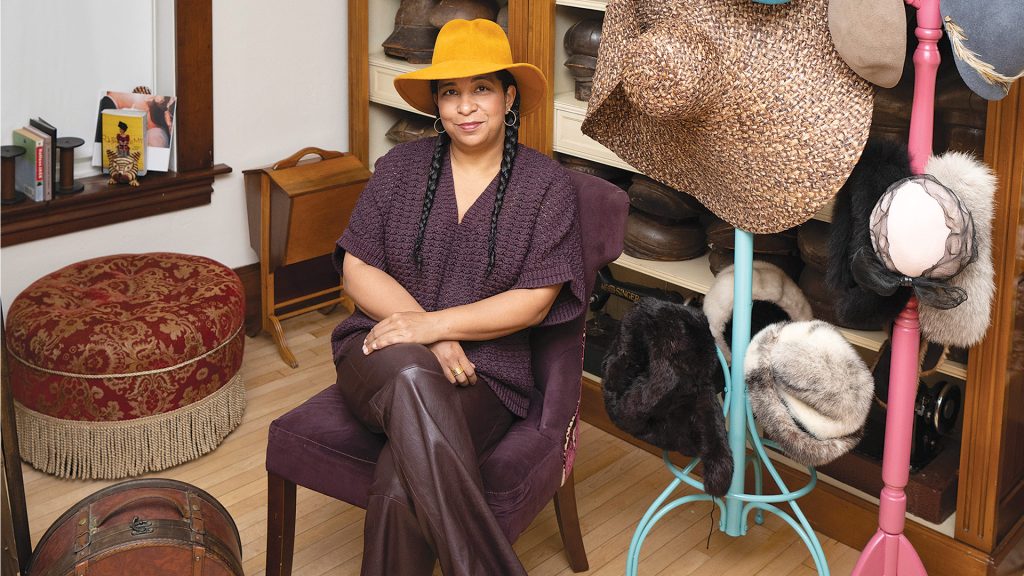
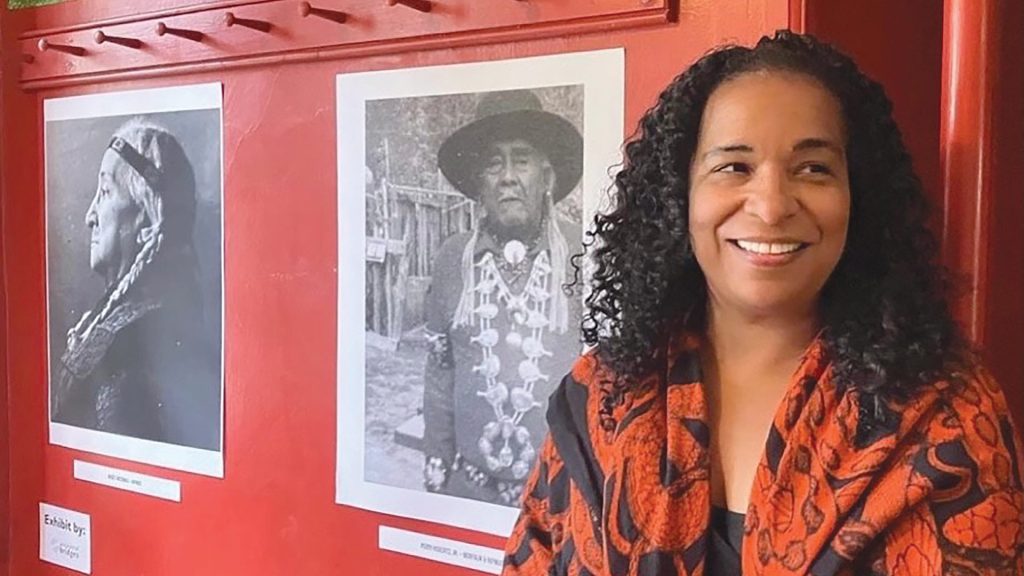

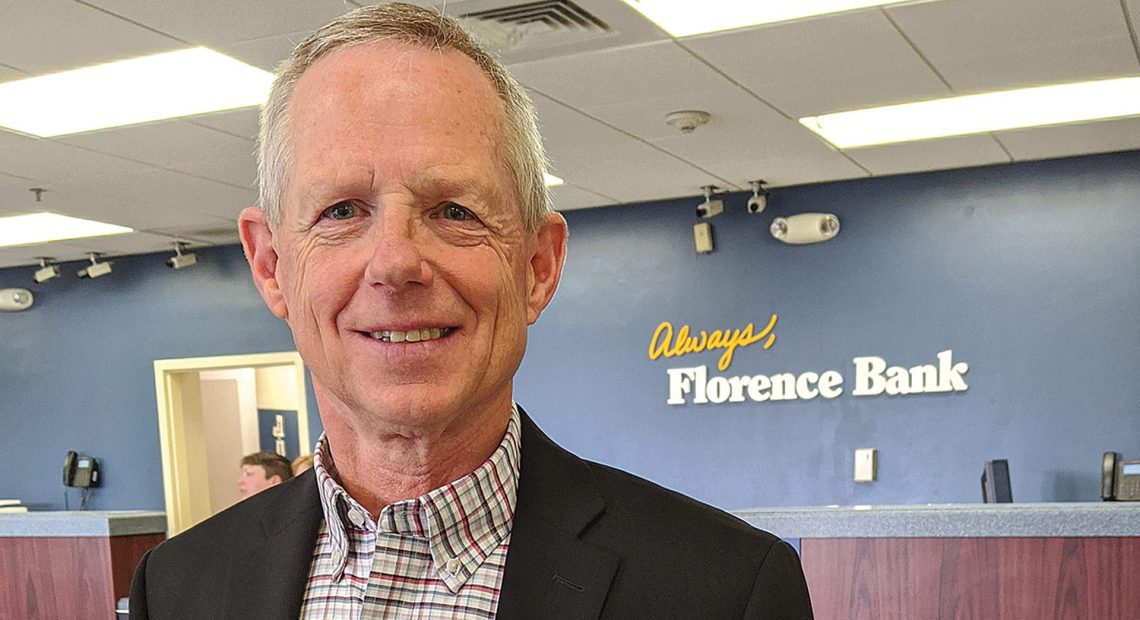
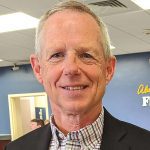
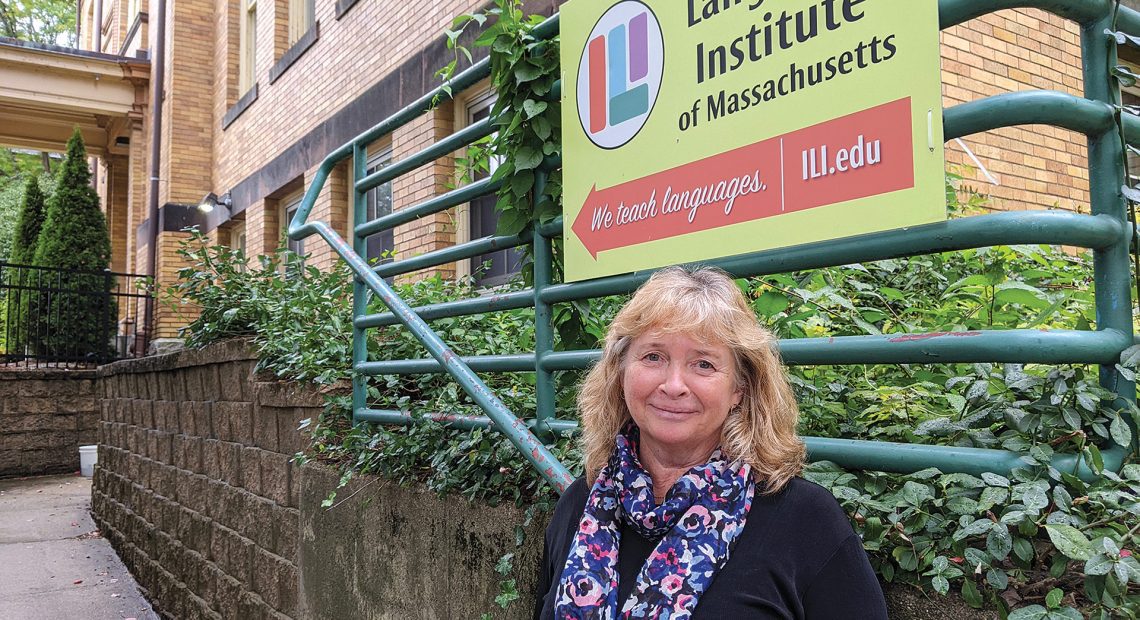
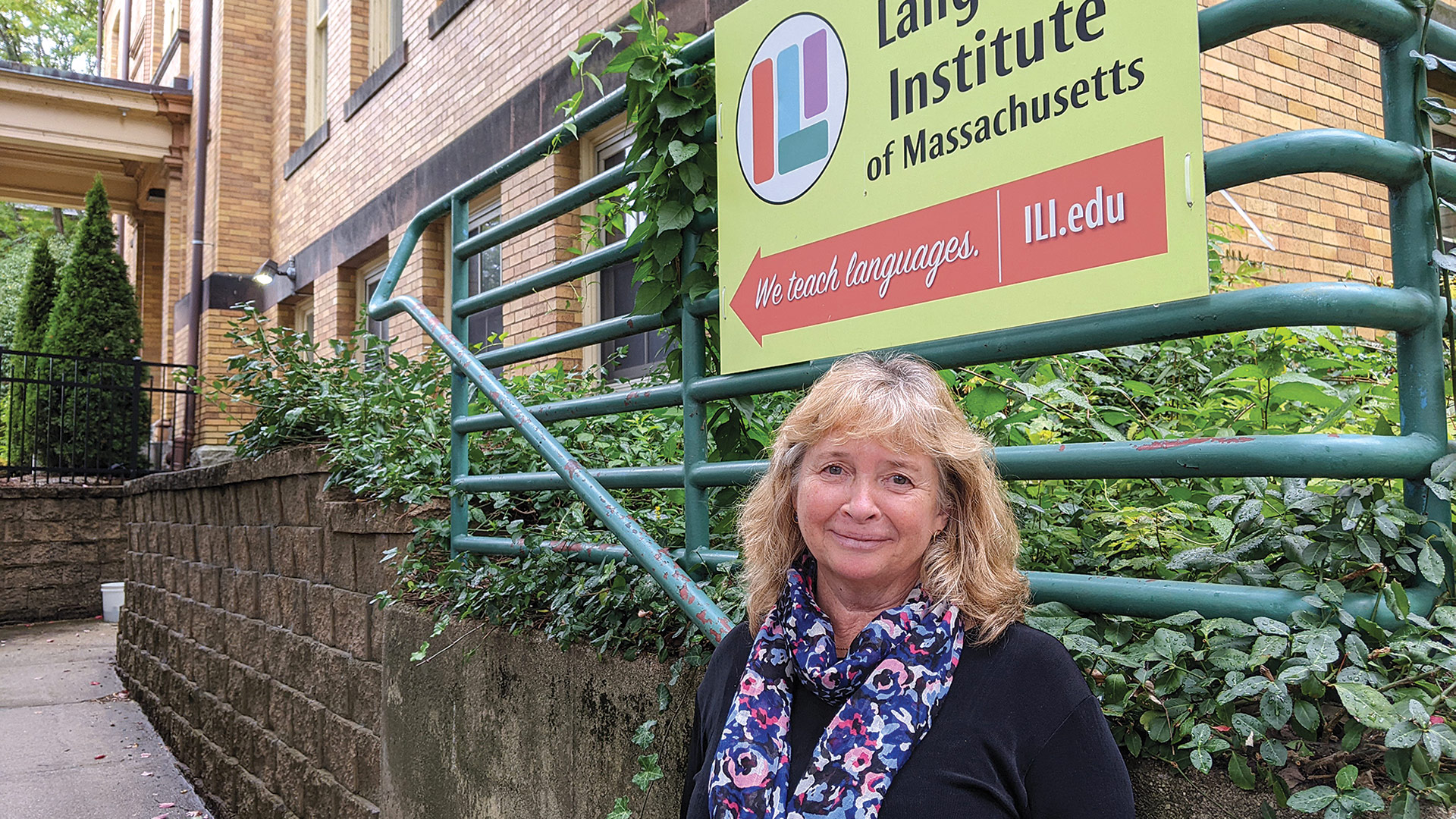
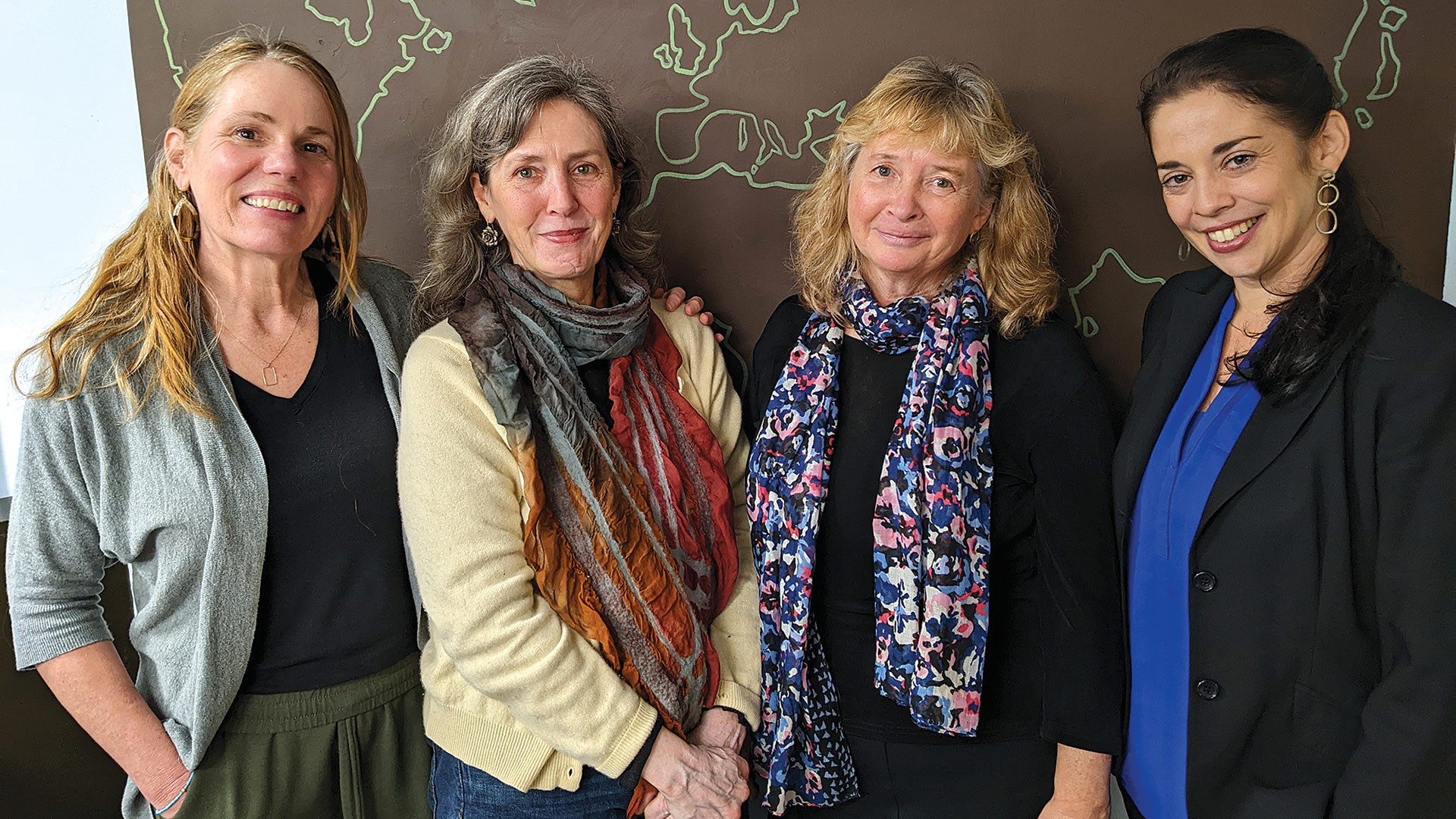
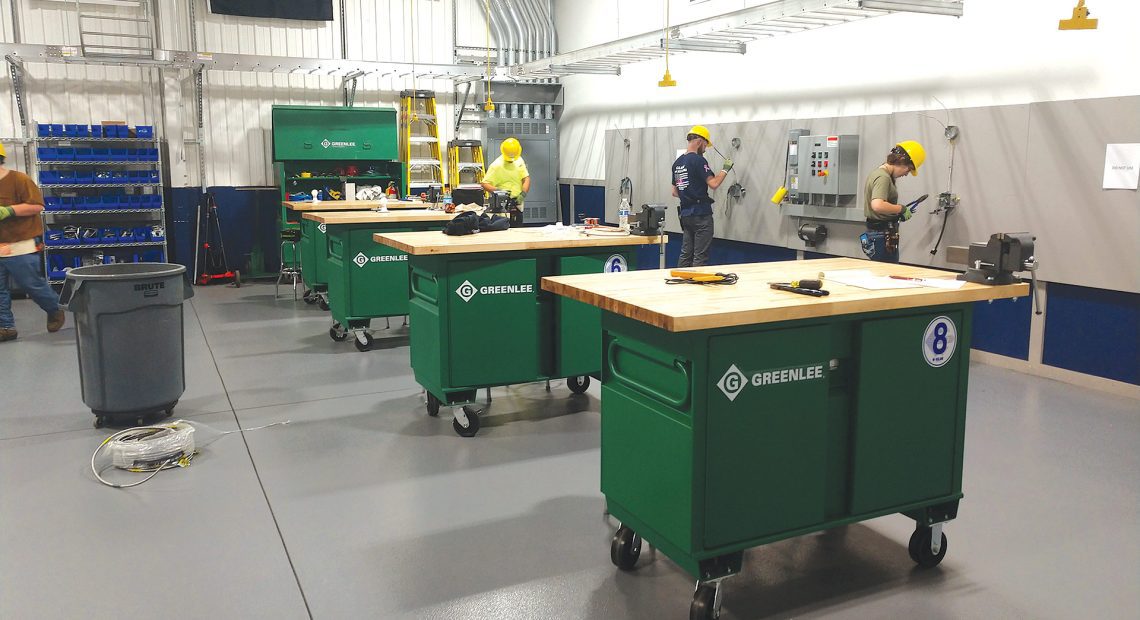
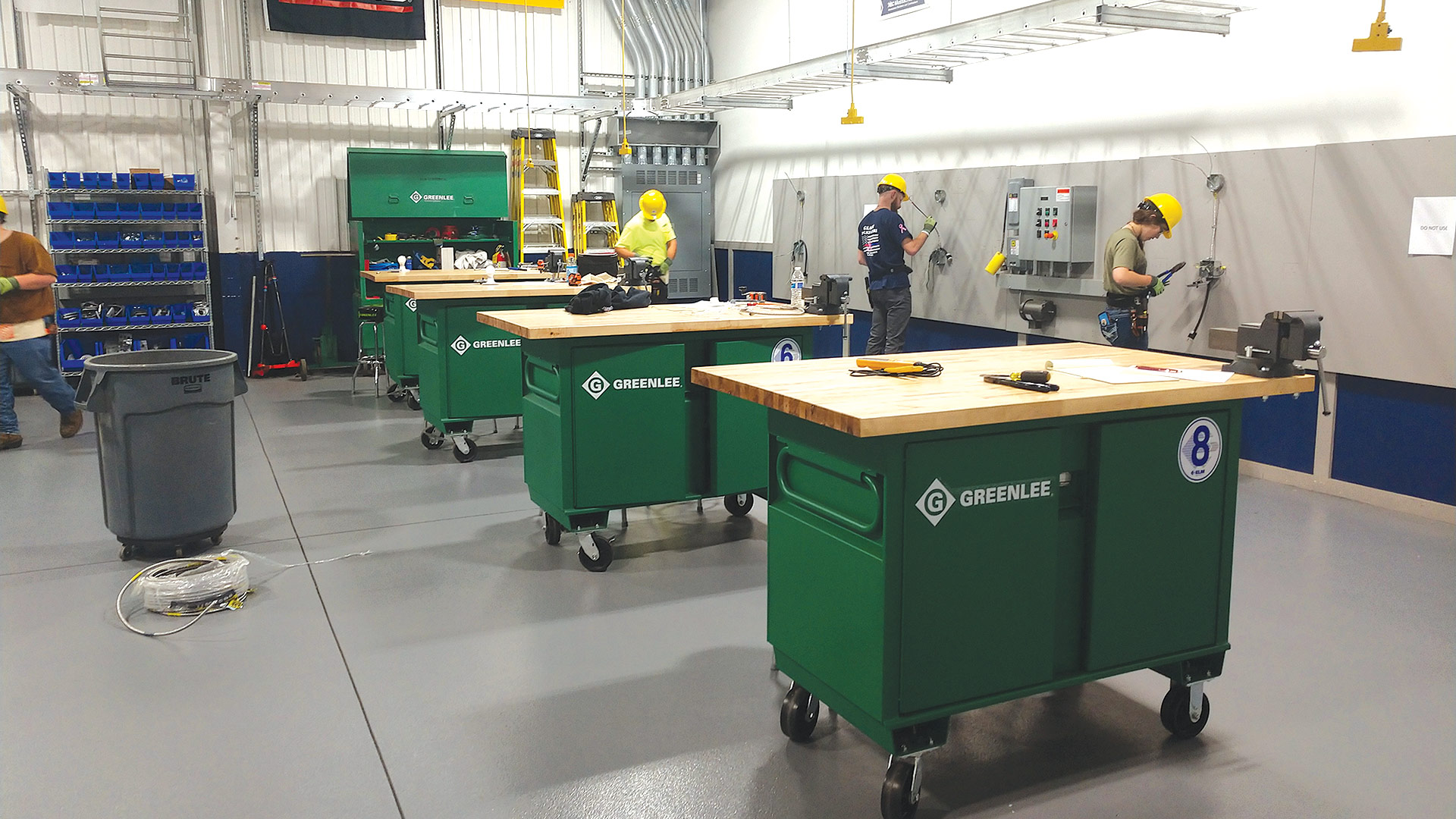
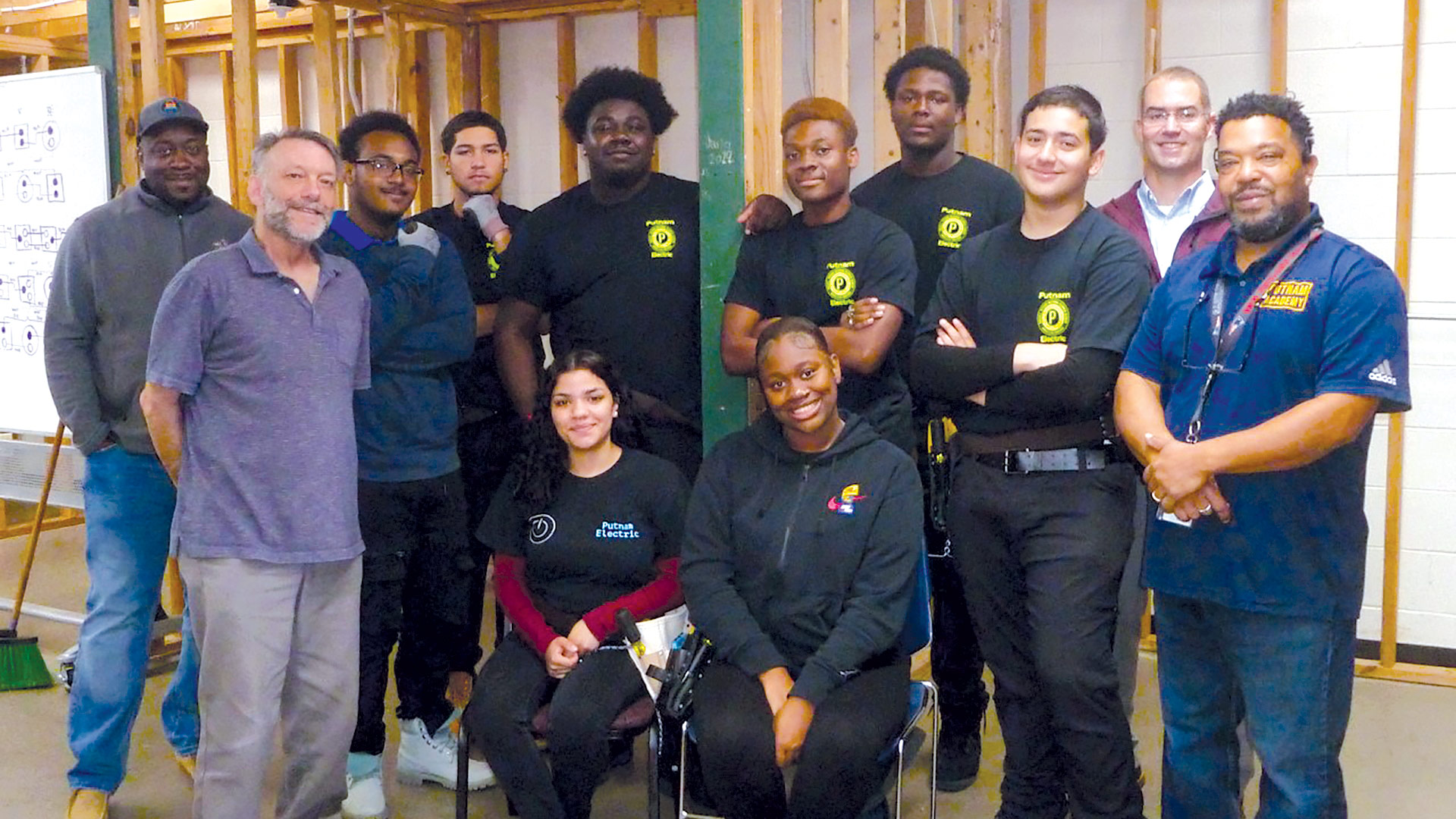




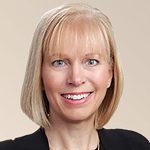
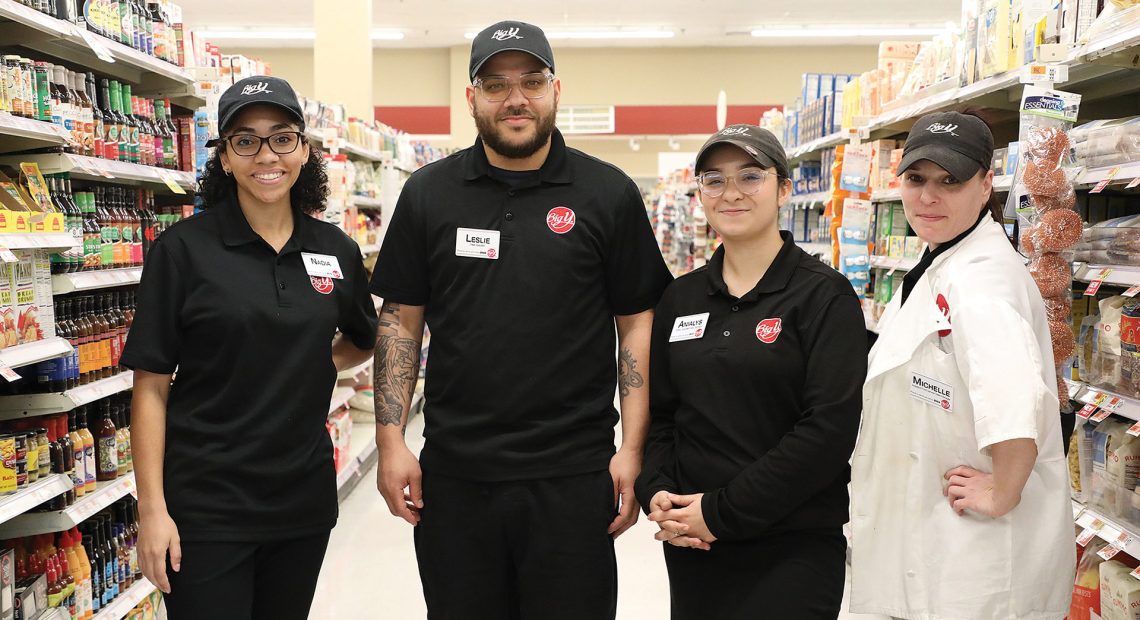
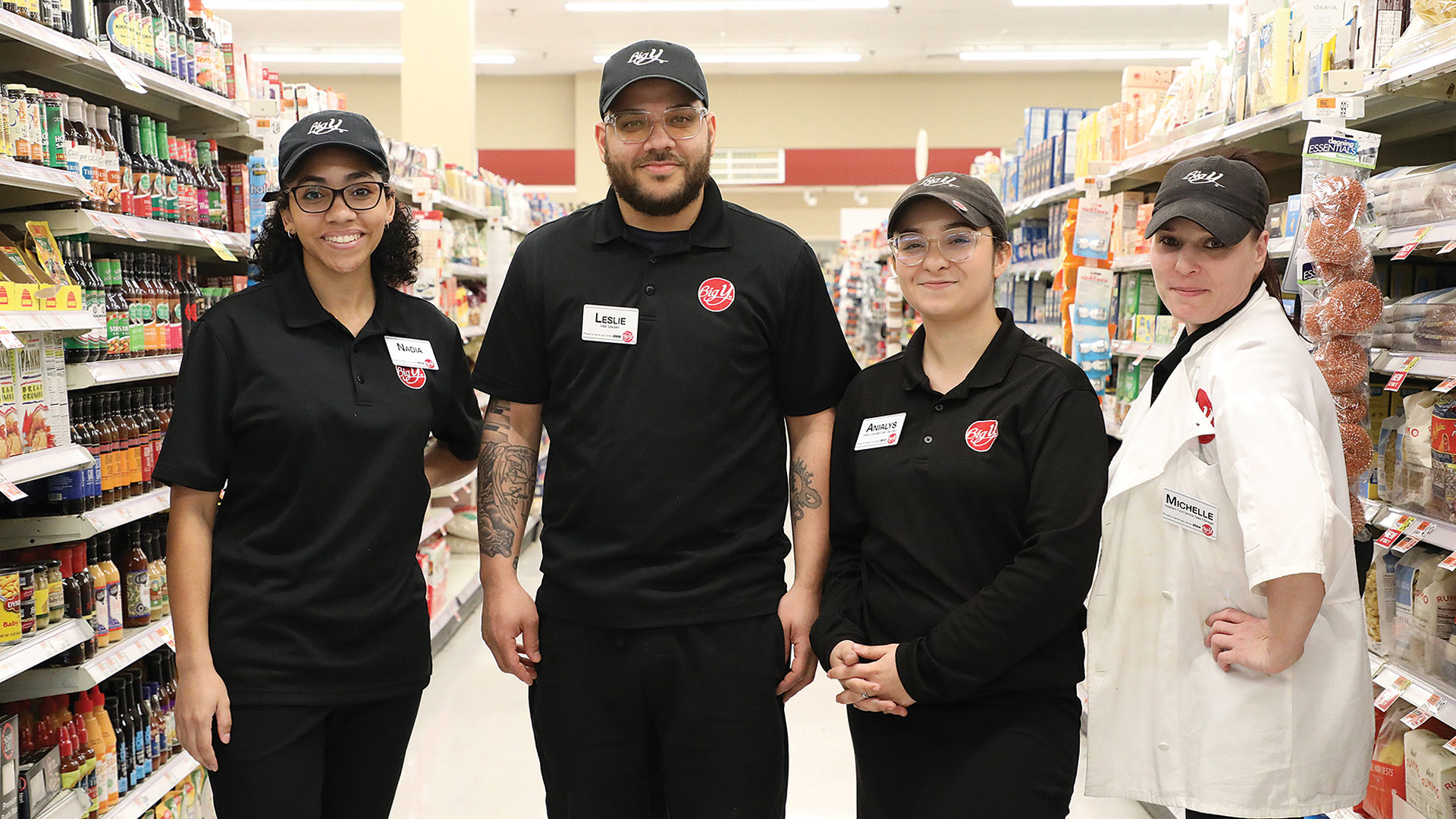


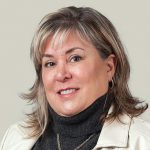
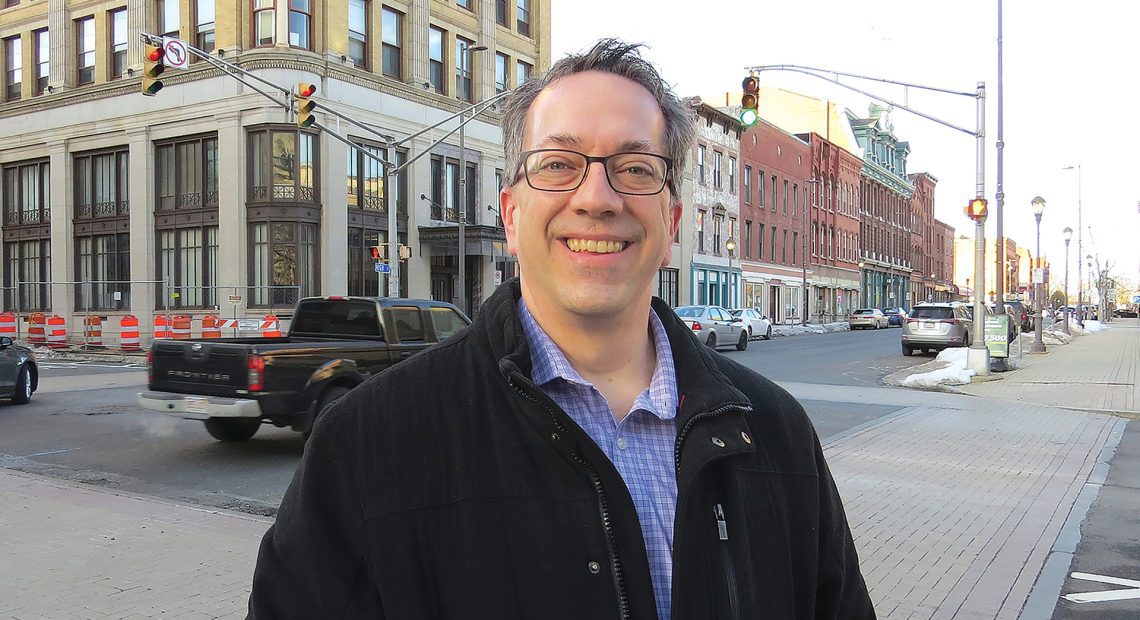

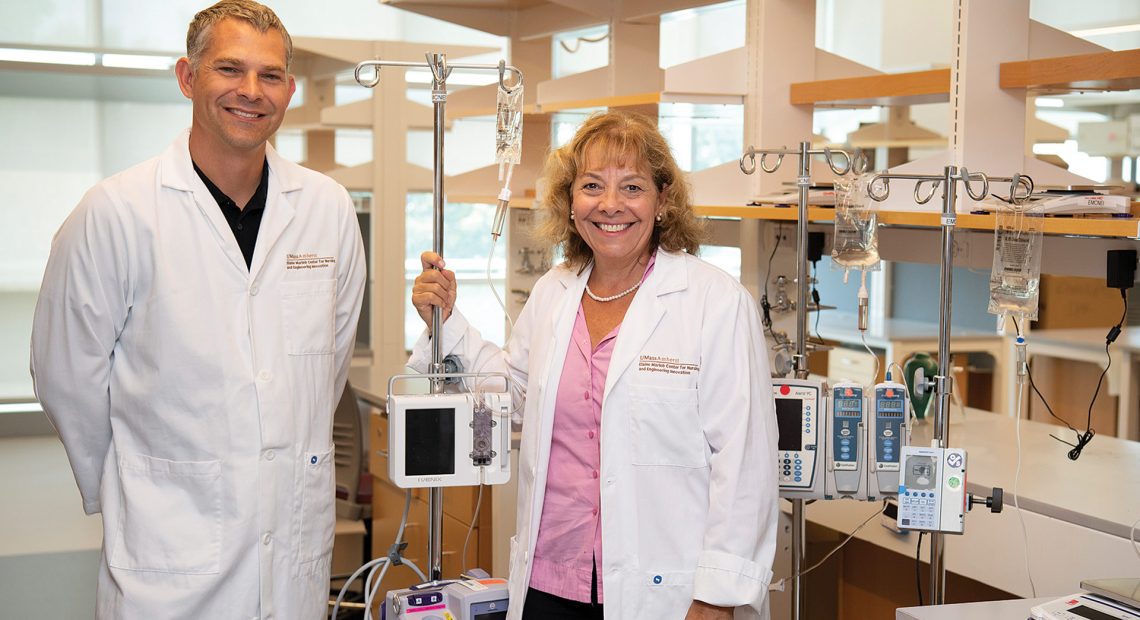

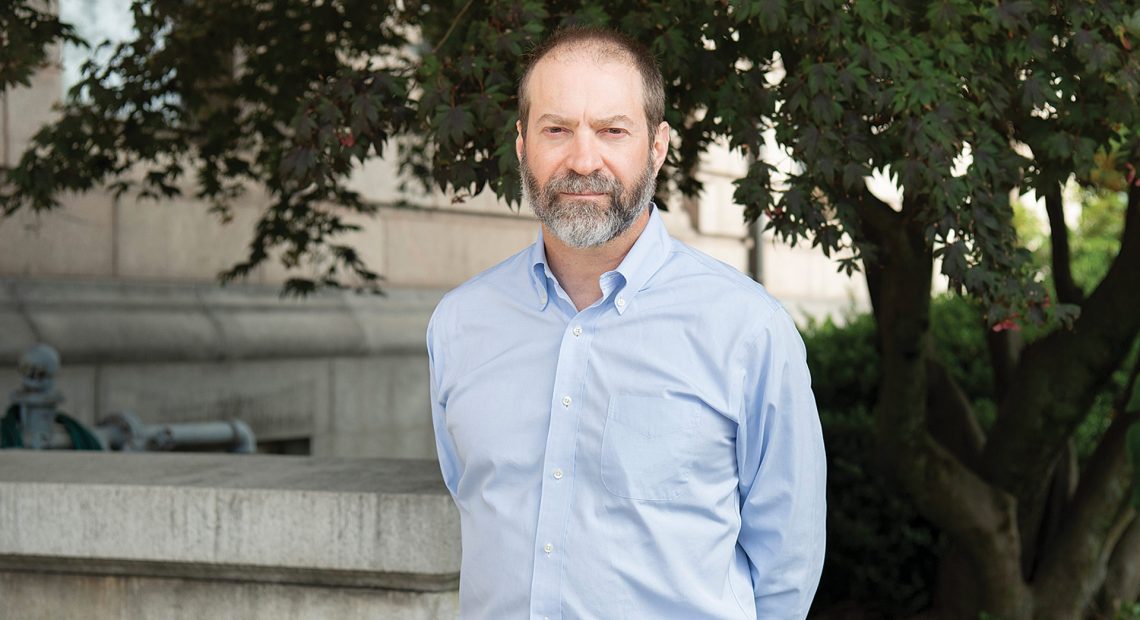






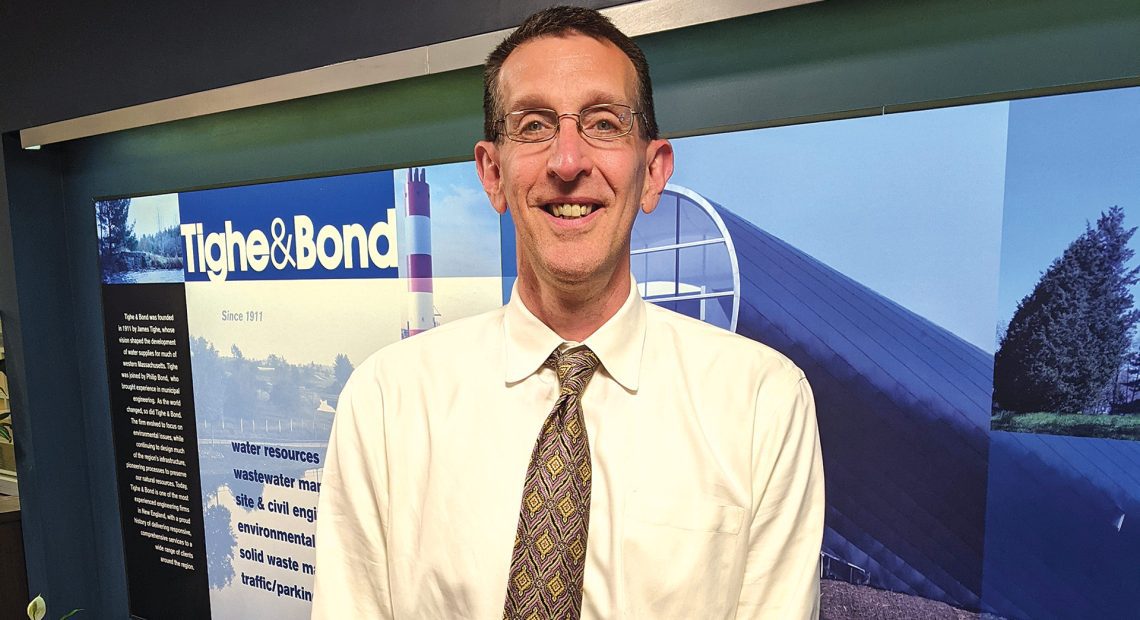

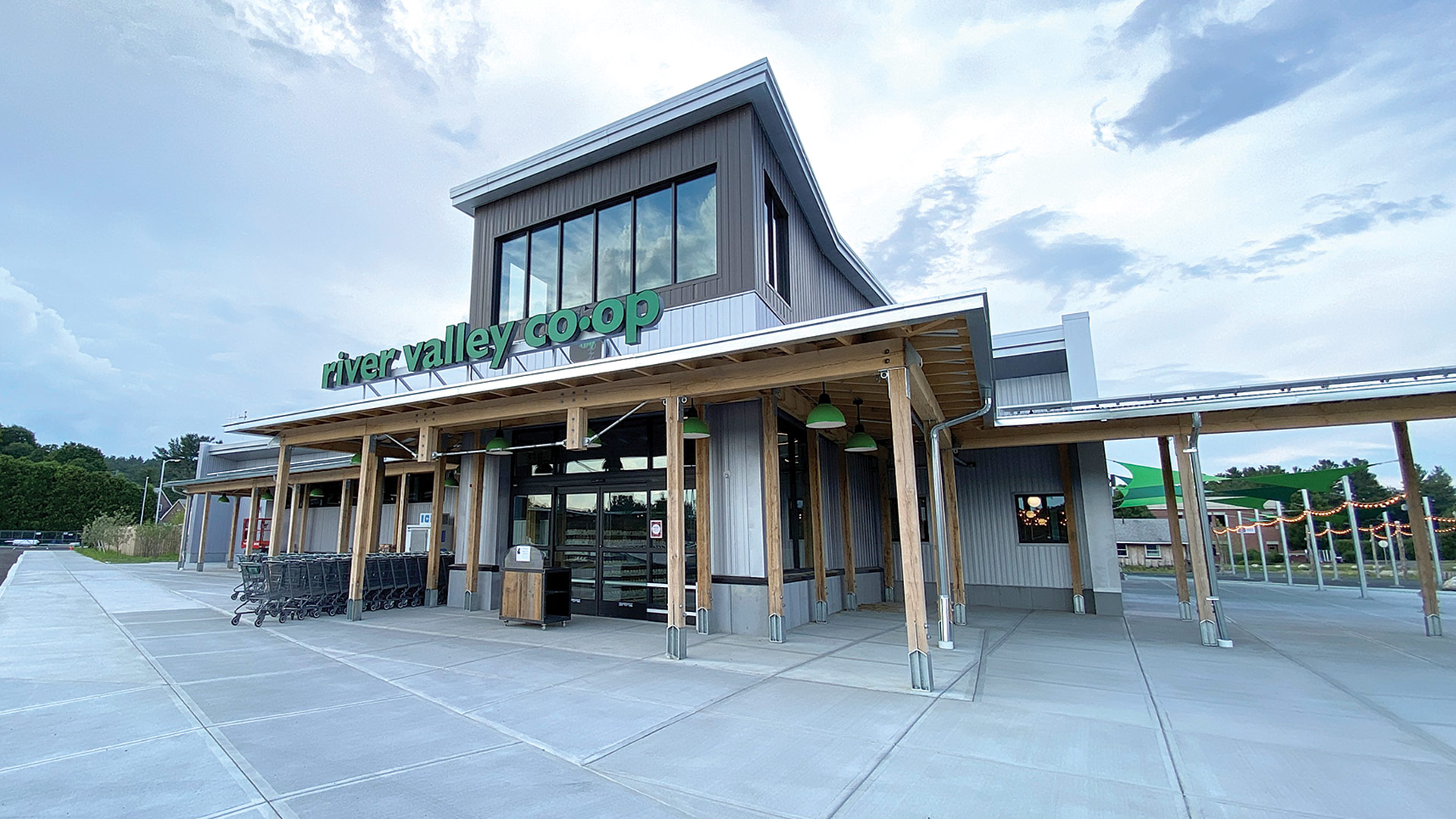

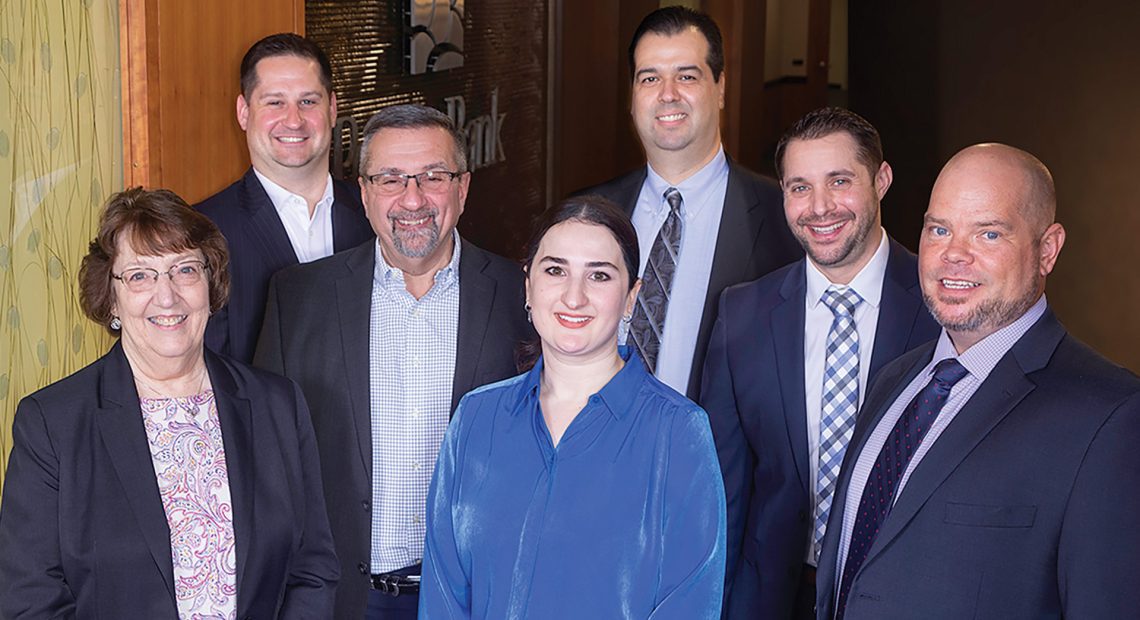
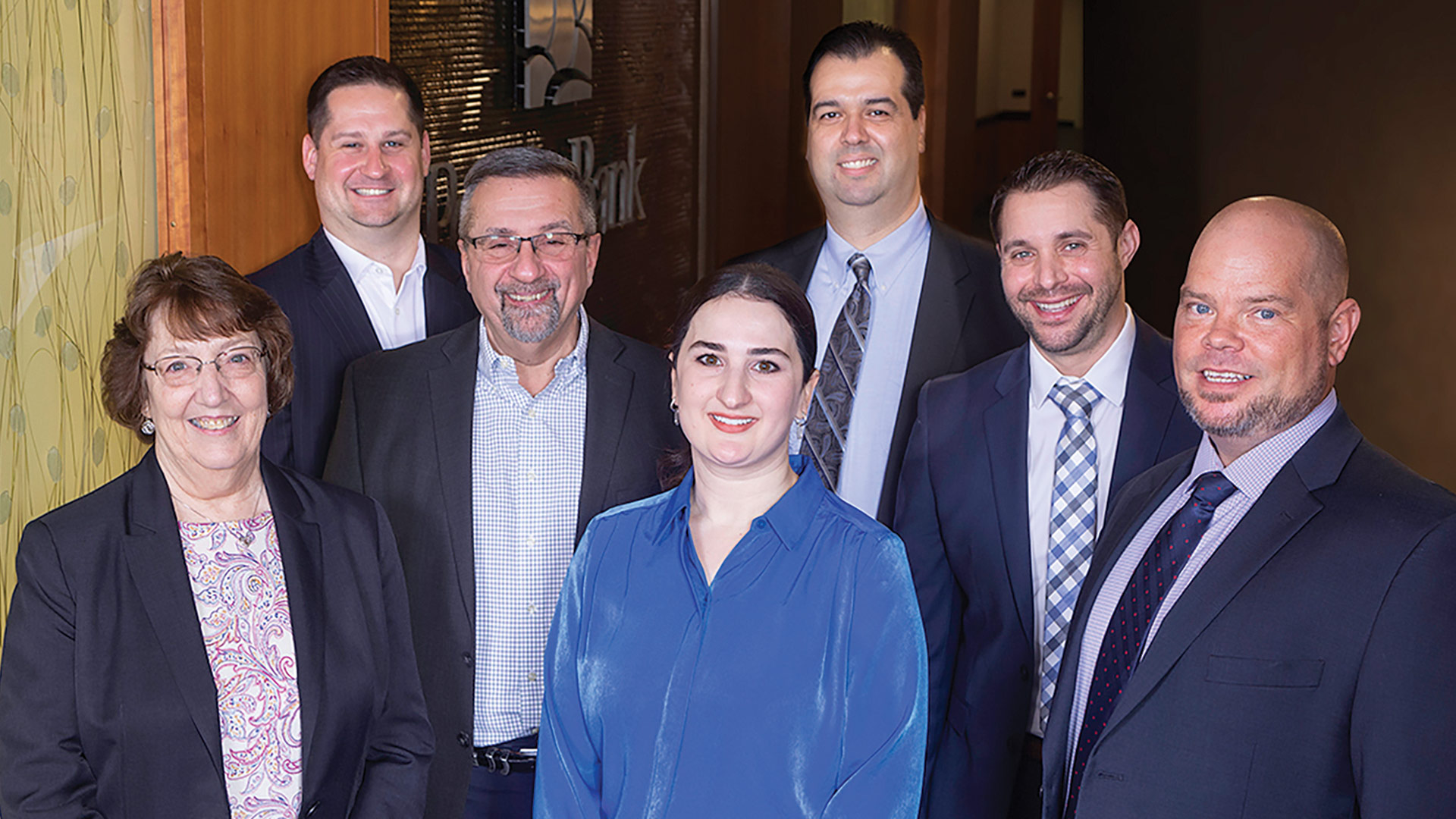




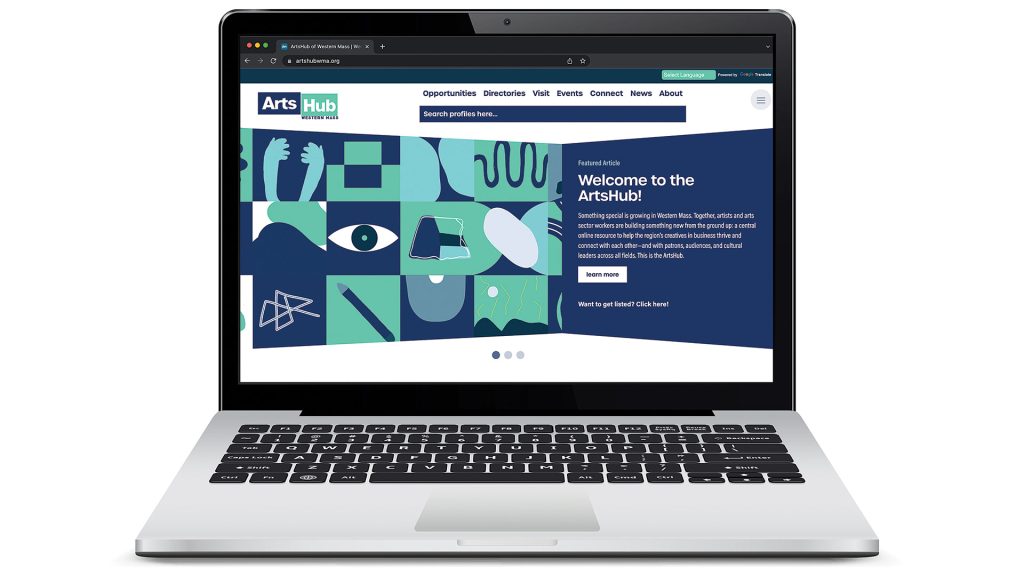



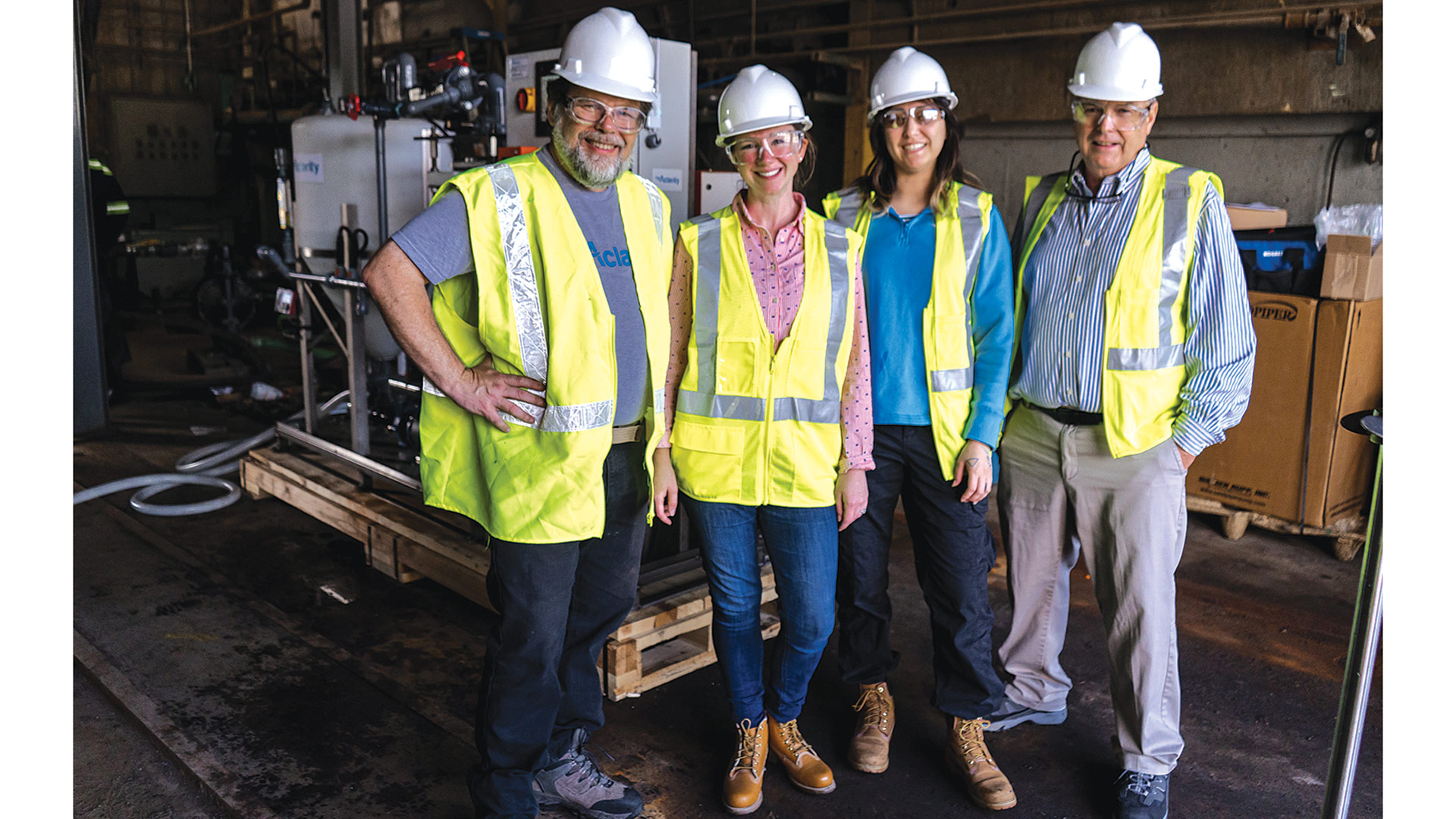
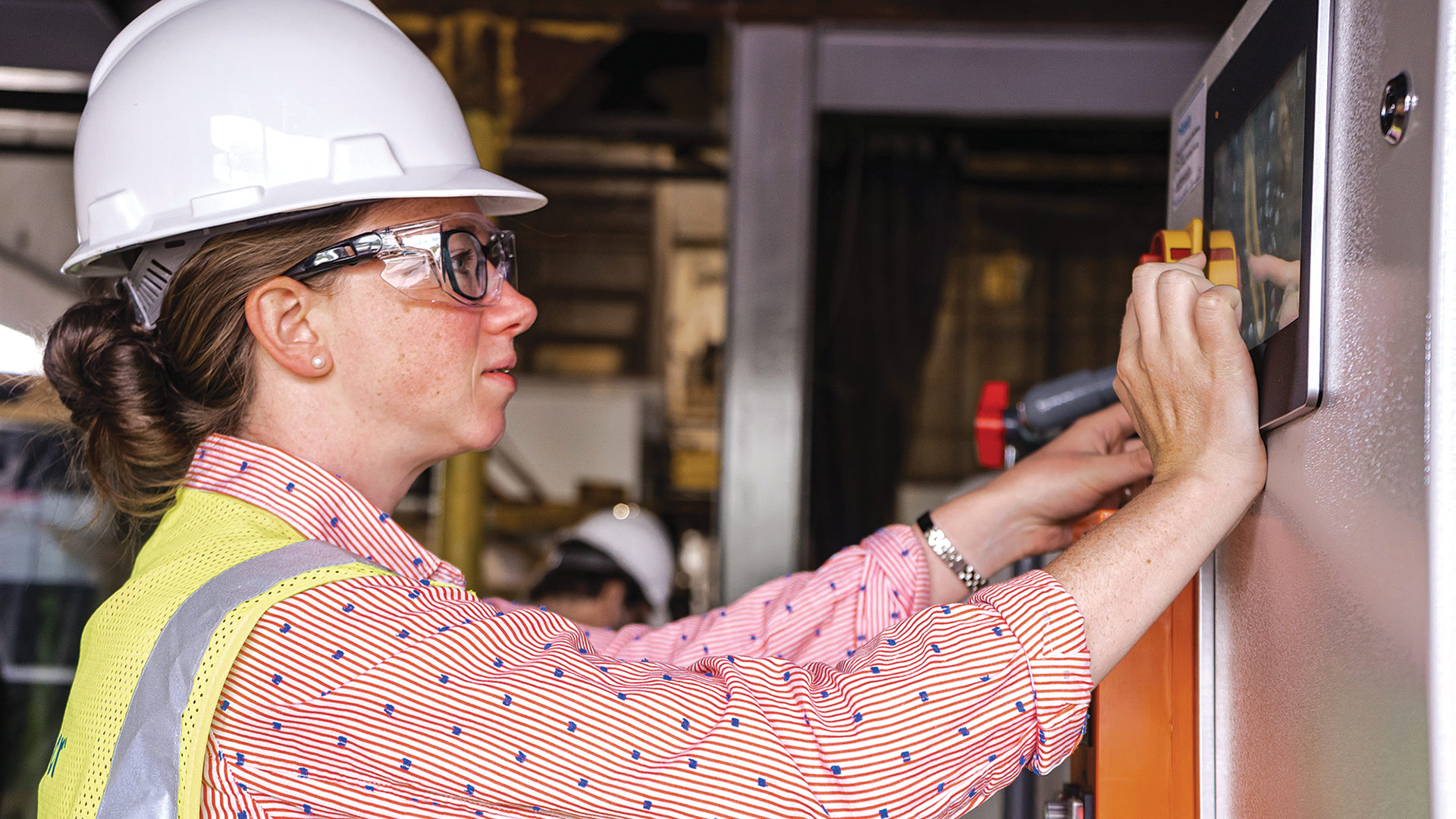





 You’ll find no shortage of love for Apple’s newest models as well, the iPhone 13 Pro ($999) and 13 Pro Max ($1,099), which, boast the best cameras and battery life of any iPhone to date, CNET notes, as well as high-end features like the ability to record ProRes videos. “By packing the 13 Pro and 13 Pro Max with features many of us have wanted for years, including a display with a high refresh rate, Apple further defined the difference between its Pro and non-Pro phones. Three years ago, by comparison, the word Pro seemed more of a marketing term than an indication that the phone was any more professional than a regular iPhone.”
You’ll find no shortage of love for Apple’s newest models as well, the iPhone 13 Pro ($999) and 13 Pro Max ($1,099), which, boast the best cameras and battery life of any iPhone to date, CNET notes, as well as high-end features like the ability to record ProRes videos. “By packing the 13 Pro and 13 Pro Max with features many of us have wanted for years, including a display with a high refresh rate, Apple further defined the difference between its Pro and non-Pro phones. Three years ago, by comparison, the word Pro seemed more of a marketing term than an indication that the phone was any more professional than a regular iPhone.” In the laptop world, the Dell XPS 13 Plus (starting at $1,449) “is a sleek computer that’s built around the latest and most powerful Intel Core processors,” Business Insider notes. “In lieu of click buttons, it uses a seamless glass touchpad surface and replaces the function keys with a top row of touch-sensitive function buttons.” In addition, Dell’s updated RapidCharge Express 2.0 technology can charge the battery up to 80% in under an hour. “Innovations like this,” the publication noted, “can benefit users and keep Dell ahead of rivals.”
In the laptop world, the Dell XPS 13 Plus (starting at $1,449) “is a sleek computer that’s built around the latest and most powerful Intel Core processors,” Business Insider notes. “In lieu of click buttons, it uses a seamless glass touchpad surface and replaces the function keys with a top row of touch-sensitive function buttons.” In addition, Dell’s updated RapidCharge Express 2.0 technology can charge the battery up to 80% in under an hour. “Innovations like this,” the publication noted, “can benefit users and keep Dell ahead of rivals.” Need to keep your devices charged in the car? The Baseus USB-C Car Charger ($19) is an inexpensive device with a 65-watt USB-C port that can power up most laptops, according to bestproducts.com. A USB-A charging connector with a maximum power output of 18 watts is also included. “The product has a sleek design with translucent housing, a built-in voltage display, and onboard illumination. It has built-in tech to protect the connected devices from overcharging and overheating.”
Need to keep your devices charged in the car? The Baseus USB-C Car Charger ($19) is an inexpensive device with a 65-watt USB-C port that can power up most laptops, according to bestproducts.com. A USB-A charging connector with a maximum power output of 18 watts is also included. “The product has a sleek design with translucent housing, a built-in voltage display, and onboard illumination. It has built-in tech to protect the connected devices from overcharging and overheating.” Gamers have more options than ever before as well, but for many, PlayStation still reigns supreme. Calling it “the best plug-and-play gaming platform available,” Digital Trends says the PlayStation 5 ($499), boasts “lightning-fast load speeds, a new controller, and a phenomenal lineup of launch titles (including fan favorites and new exclusives).” In fact, the magazine noted that the PS5 not only easily bests the Xbox when it comes to game selection, Sony has now brought backward compatibility into the fold, so the PS5 will be able to play most PS4 games. “The PS5 simply has the best game library out there right now.”
Gamers have more options than ever before as well, but for many, PlayStation still reigns supreme. Calling it “the best plug-and-play gaming platform available,” Digital Trends says the PlayStation 5 ($499), boasts “lightning-fast load speeds, a new controller, and a phenomenal lineup of launch titles (including fan favorites and new exclusives).” In fact, the magazine noted that the PS5 not only easily bests the Xbox when it comes to game selection, Sony has now brought backward compatibility into the fold, so the PS5 will be able to play most PS4 games. “The PS5 simply has the best game library out there right now.”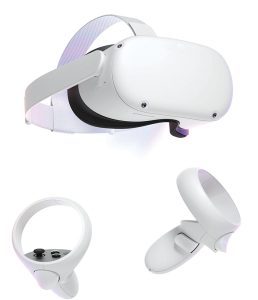 Speaking of new ways to play, “virtual reality might take its time to have its ‘iPhone moment,’ but it is still very much the next big thing for the coolest gadgets,” Spy notes, and no VR device flashes that promise more than the Meta Quest 2 ($299). Without the need for a powerful computer or special equipment, users can simply strap the Quest 2 (formerly Oculus) to their head, pick up the controllers, and move freely in VR space, thanks to its inside-out technology, which uses cameras placed outside the headset to track the users’ movement in the space around them.
Speaking of new ways to play, “virtual reality might take its time to have its ‘iPhone moment,’ but it is still very much the next big thing for the coolest gadgets,” Spy notes, and no VR device flashes that promise more than the Meta Quest 2 ($299). Without the need for a powerful computer or special equipment, users can simply strap the Quest 2 (formerly Oculus) to their head, pick up the controllers, and move freely in VR space, thanks to its inside-out technology, which uses cameras placed outside the headset to track the users’ movement in the space around them. Then there’s the Samsung Freestyle ($799), a new portable entertainment device that combines a projector and smart speaker into one compact package. It supports 1080p projection at up to 100 inches, offers access to a wide variety of streaming apps, and delivers 360-degree sound with built-in Alexa voice control. “The Freestyle stands out from other compact projectors thanks to its rotating cradle that makes it look like a portable spotlight,” Business Insider notes. “It also has automatic picture adjustments that could make it a breeze to set up virtually anywhere. It can even plug into an overhead light socket so you can project onto the floor or a table.”
Then there’s the Samsung Freestyle ($799), a new portable entertainment device that combines a projector and smart speaker into one compact package. It supports 1080p projection at up to 100 inches, offers access to a wide variety of streaming apps, and delivers 360-degree sound with built-in Alexa voice control. “The Freestyle stands out from other compact projectors thanks to its rotating cradle that makes it look like a portable spotlight,” Business Insider notes. “It also has automatic picture adjustments that could make it a breeze to set up virtually anywhere. It can even plug into an overhead light socket so you can project onto the floor or a table.” In the category of hybrid smartwatch, which combines connectivity with traditional watch mechanics, bestproducts.com chooses the Everett Hybrid Smartwatch ($179), calling it a feature-packed device with a built-in, always-on display and heart-rate sensor. “We like that, instead of looking like a tech product, it resembles a classic chronograph timepiece with mechanical hands and a three-button layout.” The stainless-steel timepiece is waterproof up to 30 meters, and it is available in several finishes, with an easy-to-replace band or bracelet.
In the category of hybrid smartwatch, which combines connectivity with traditional watch mechanics, bestproducts.com chooses the Everett Hybrid Smartwatch ($179), calling it a feature-packed device with a built-in, always-on display and heart-rate sensor. “We like that, instead of looking like a tech product, it resembles a classic chronograph timepiece with mechanical hands and a three-button layout.” The stainless-steel timepiece is waterproof up to 30 meters, and it is available in several finishes, with an easy-to-replace band or bracelet. In the market for a drone? “Every year,” BBC Science Focus notes, “the DJI’s Mini series gets smaller and yet more powerful, cramming high-end specs into a lightweight drone that you can chuck in your bag. But with all those improvements comes an eye-watering price, and an increasing fear for your financial status if you crash it.” The DJI Mini 3 Pro ($759) offers advanced obstacle avoidance features, a rotating lens to film in portrait or landscape, 4K video, smart flying features like automatic tracking, and the ability to follow a subject, the site notes. “Despite its higher price, this feels like the perfect drone for beginners, those who like to travel, or really anyone in the market for a lightweight, high-tech drone.”
In the market for a drone? “Every year,” BBC Science Focus notes, “the DJI’s Mini series gets smaller and yet more powerful, cramming high-end specs into a lightweight drone that you can chuck in your bag. But with all those improvements comes an eye-watering price, and an increasing fear for your financial status if you crash it.” The DJI Mini 3 Pro ($759) offers advanced obstacle avoidance features, a rotating lens to film in portrait or landscape, 4K video, smart flying features like automatic tracking, and the ability to follow a subject, the site notes. “Despite its higher price, this feels like the perfect drone for beginners, those who like to travel, or really anyone in the market for a lightweight, high-tech drone.” At the end of an active day, why not wind down by grilling dinner — wherever you are? The BioLite FirePit+ ($249) is a small, efficient fire pit that burns charcoal and wood. More than 50 air jets deliver oxygen to the fire for a uniform temperature and reduced smoke, while a rechargeable battery runs a built-in fan for controlling the fire up to 30 hours, according to PC Magazine. “You can cook on top of the included grill grate for direct contact with the flames or pick up a cast-iron griddle accessory. Bluetooth lets you control the flame intensity and fan speed with your phone, for a smart grilling experience no matter where you are.”
At the end of an active day, why not wind down by grilling dinner — wherever you are? The BioLite FirePit+ ($249) is a small, efficient fire pit that burns charcoal and wood. More than 50 air jets deliver oxygen to the fire for a uniform temperature and reduced smoke, while a rechargeable battery runs a built-in fan for controlling the fire up to 30 hours, according to PC Magazine. “You can cook on top of the included grill grate for direct contact with the flames or pick up a cast-iron griddle accessory. Bluetooth lets you control the flame intensity and fan speed with your phone, for a smart grilling experience no matter where you are.” Sometimes home security means being prepared when the power goes down. The Anker 757 PowerHouse generator ($1,399) is powered by a lithium iron phosphate battery, which is the same type of battery used to power various electric vehicles, and “it’s a beast,” Gear Patrol notes. “Its multiple ports and outlets allow will allow you to simultaneously charge various gadgets, including your laptop, smartphone, and tablets, as well as power larger appliances like a refrigerator, a TV, or multiple outdoor lights.”
Sometimes home security means being prepared when the power goes down. The Anker 757 PowerHouse generator ($1,399) is powered by a lithium iron phosphate battery, which is the same type of battery used to power various electric vehicles, and “it’s a beast,” Gear Patrol notes. “Its multiple ports and outlets allow will allow you to simultaneously charge various gadgets, including your laptop, smartphone, and tablets, as well as power larger appliances like a refrigerator, a TV, or multiple outdoor lights.” Wired has some ideas for making life easier as a pet owner, like the Smarty Pear Leo’s Loo Too Litter Box ($600). “Veterinarians say automatic litter boxes, while convenient, make it tough for owners to keep tabs on their cat’s bathroom trips — which can be useful for flagging any potential illnesses. The Leo’s Loo Too solves this with a built-in sensor that tracks how often your cat goes, along with its weight, and syncs the data to a companion app on your phone.” The device comes with additional features like UV sterilization and radar to keep the box from self-cleaning while the cat is nearby.
Wired has some ideas for making life easier as a pet owner, like the Smarty Pear Leo’s Loo Too Litter Box ($600). “Veterinarians say automatic litter boxes, while convenient, make it tough for owners to keep tabs on their cat’s bathroom trips — which can be useful for flagging any potential illnesses. The Leo’s Loo Too solves this with a built-in sensor that tracks how often your cat goes, along with its weight, and syncs the data to a companion app on your phone.” The device comes with additional features like UV sterilization and radar to keep the box from self-cleaning while the cat is nearby. Speaking of animals, Wired also recommends the Bird Buddy Bird Feeder ($200), which “gives new meaning to bird watching. Not only does this cute little home feed birds, but its battery-powered camera offers a live feed via the connected app. If that’s not entertaining enough, it’ll snap photos of said birds, identify the species, and present a ton of facts about each one.”
Speaking of animals, Wired also recommends the Bird Buddy Bird Feeder ($200), which “gives new meaning to bird watching. Not only does this cute little home feed birds, but its battery-powered camera offers a live feed via the connected app. If that’s not entertaining enough, it’ll snap photos of said birds, identify the species, and present a ton of facts about each one.”
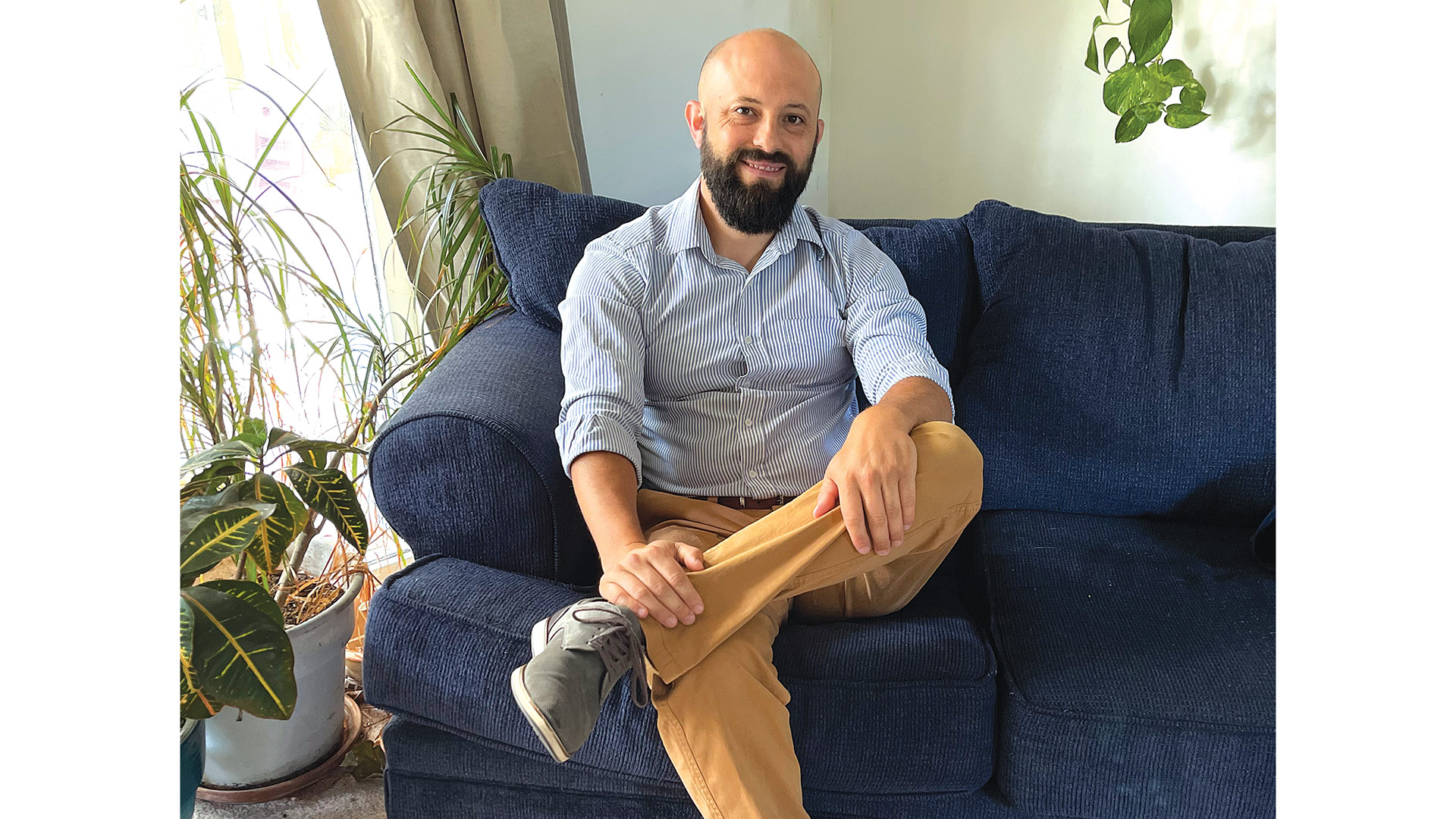

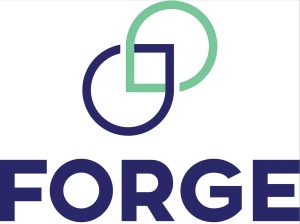

 In college, Reynolds Whalen said, his dual passions were acting and travel. So, in 2011, he founded a company, called Performing Arts Abroad, that offered international experiences to travelers in music, dance, theater, and film.
In college, Reynolds Whalen said, his dual passions were acting and travel. So, in 2011, he founded a company, called Performing Arts Abroad, that offered international experiences to travelers in music, dance, theater, and film. Nick Riley knows construction changes lives — both those of his clients, when they step into a new home or undergo a dramatic renovation, and in his own life, in which a bet on himself paid off at a young age.
Nick Riley knows construction changes lives — both those of his clients, when they step into a new home or undergo a dramatic renovation, and in his own life, in which a bet on himself paid off at a young age. Not everyone knows what placemaking is. But, to hear Hannah Rechtschaffen talk about it, maybe everyone should.
Not everyone knows what placemaking is. But, to hear Hannah Rechtschaffen talk about it, maybe everyone should.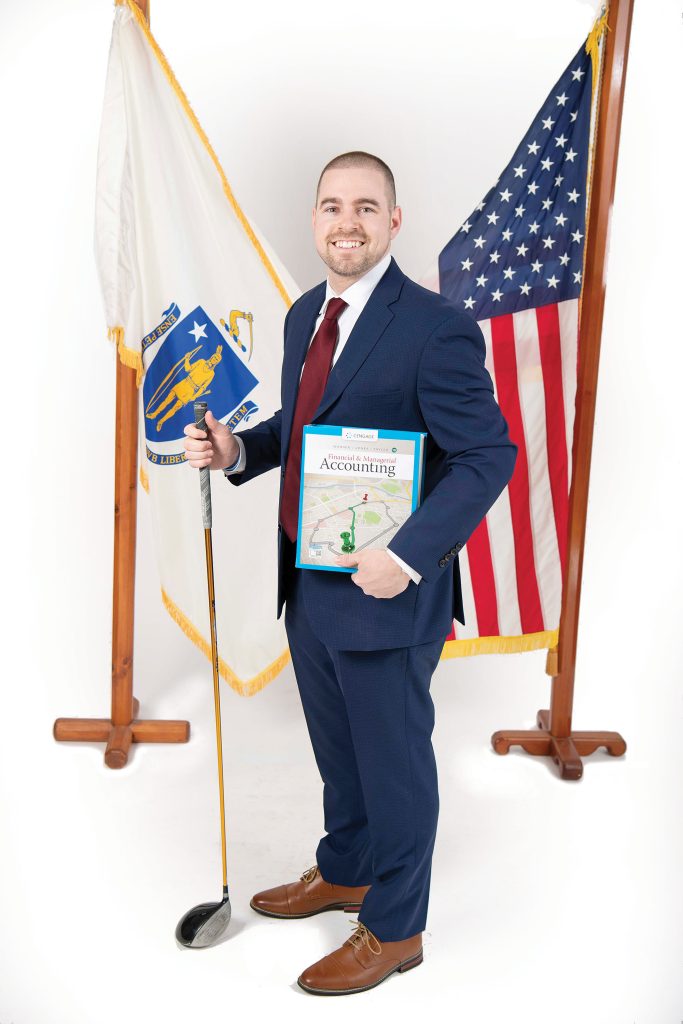 Michael Lynch’s accounting and finance career has long focused on roles with a community benefit.
Michael Lynch’s accounting and finance career has long focused on roles with a community benefit. Sasha Jiménez has performed plenty of jobs in her life — gas-station cashier, summer-programs facilitator, teacher of English and science, just to name a few — but her current role may be closest to her heart.
Sasha Jiménez has performed plenty of jobs in her life — gas-station cashier, summer-programs facilitator, teacher of English and science, just to name a few — but her current role may be closest to her heart.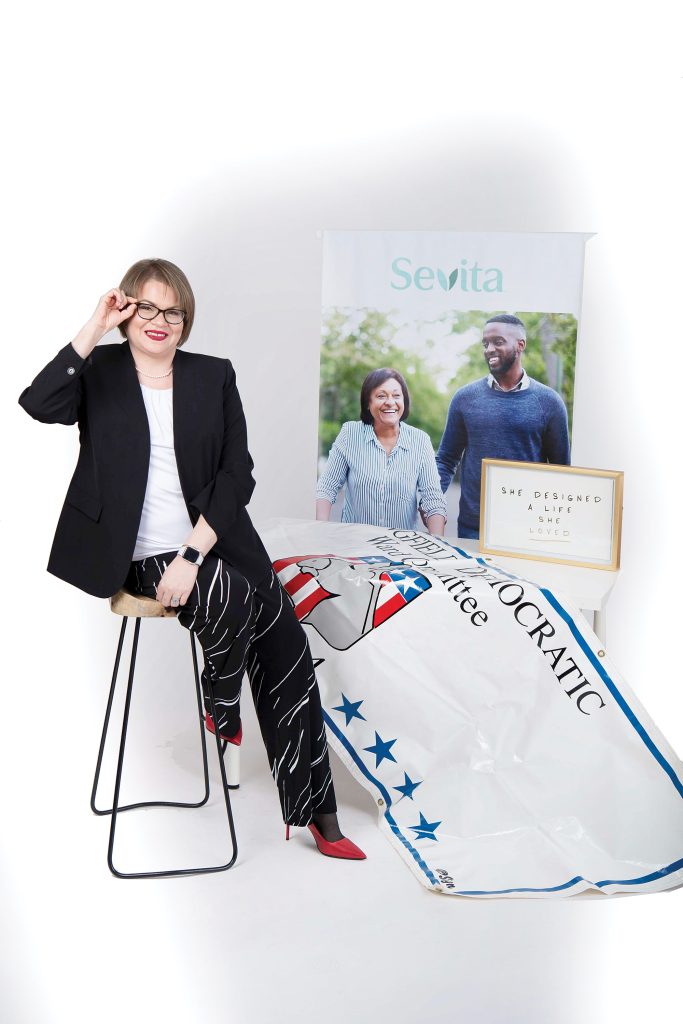 When asked what she loves most about her job, Giselle Gaines had trouble picking out anything she doesn’t love.
When asked what she loves most about her job, Giselle Gaines had trouble picking out anything she doesn’t love.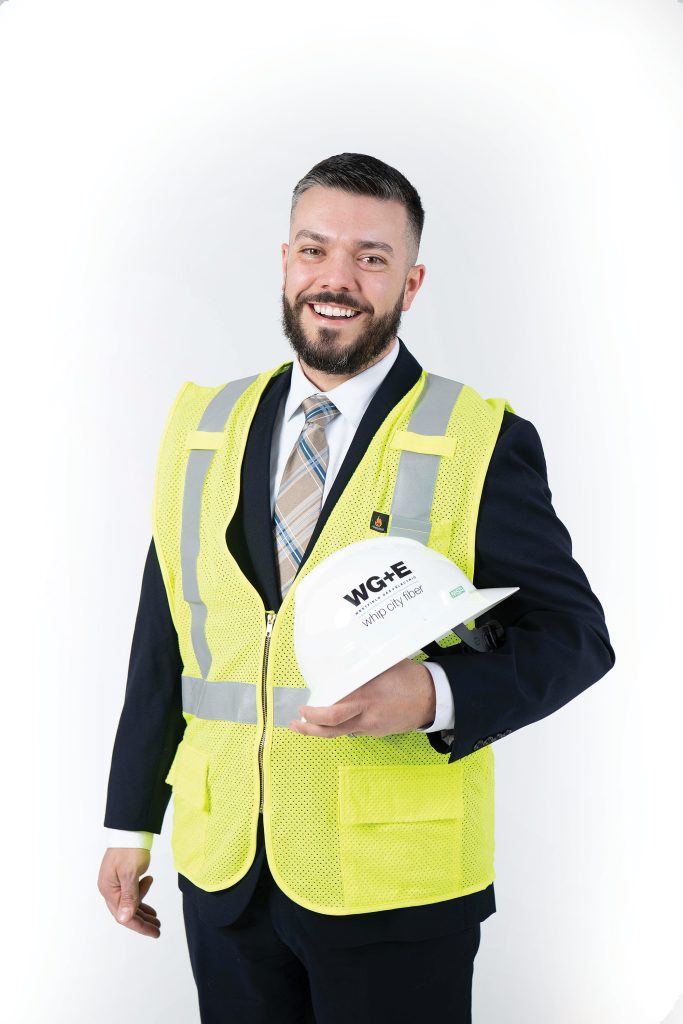 Folks in Westfield don’t always see Greg Freeman during the best of times. But he’s always trying to make things better.
Folks in Westfield don’t always see Greg Freeman during the best of times. But he’s always trying to make things better.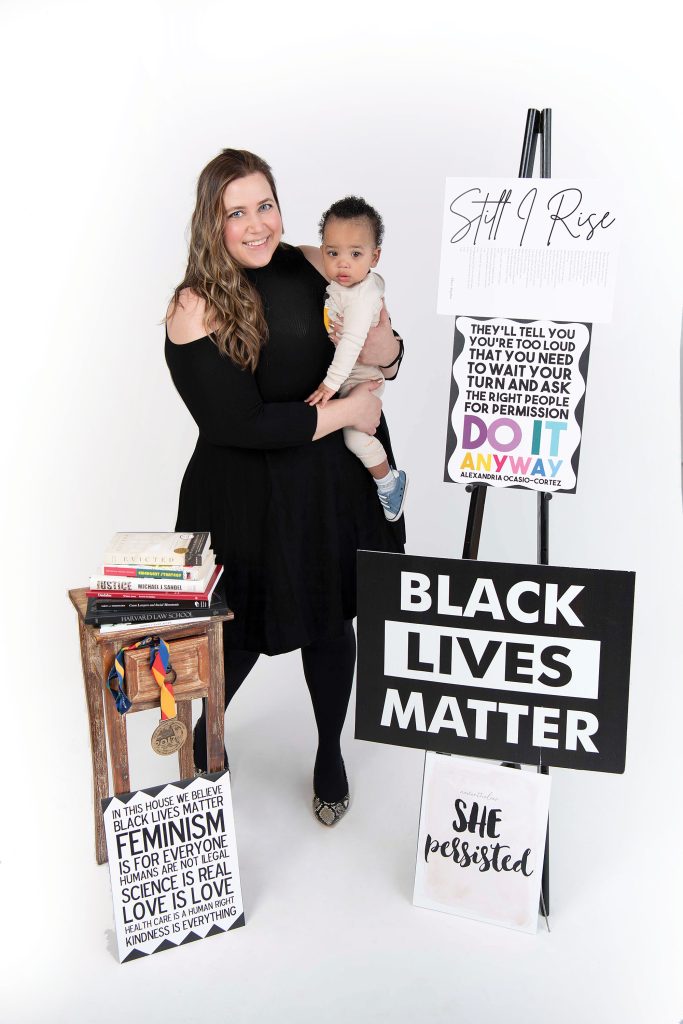 From her early career, teaching elementary school in New York City’s Spanish Harlem with Teach for America, Ariel Clemmer has been passionate about changing lives.
From her early career, teaching elementary school in New York City’s Spanish Harlem with Teach for America, Ariel Clemmer has been passionate about changing lives.


